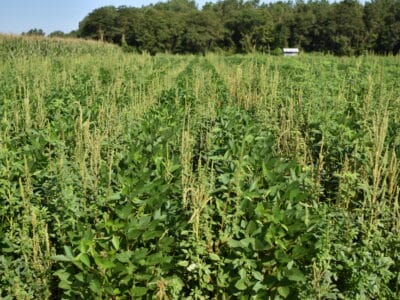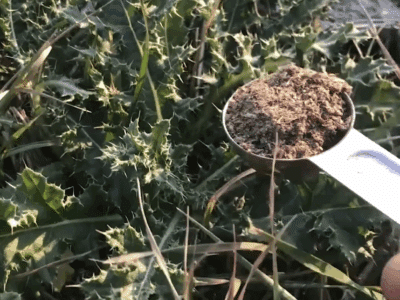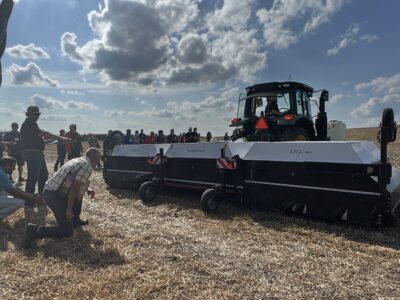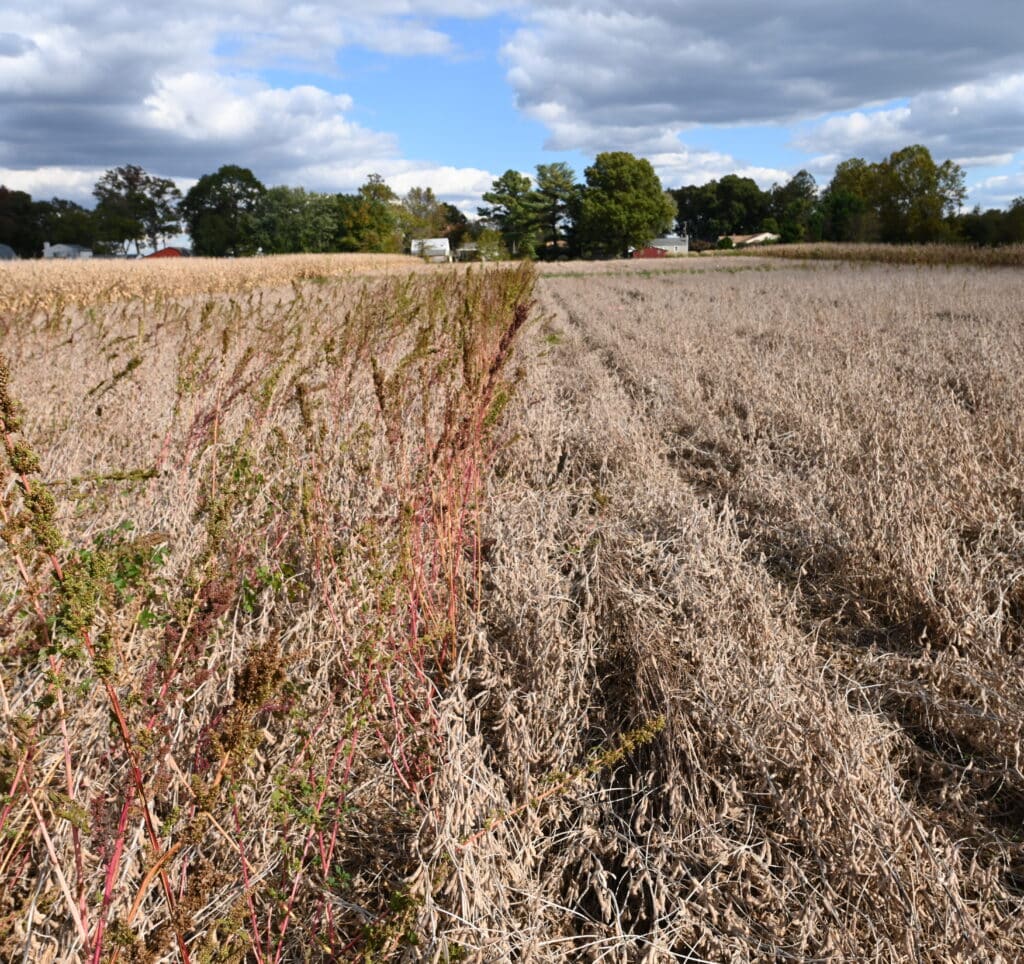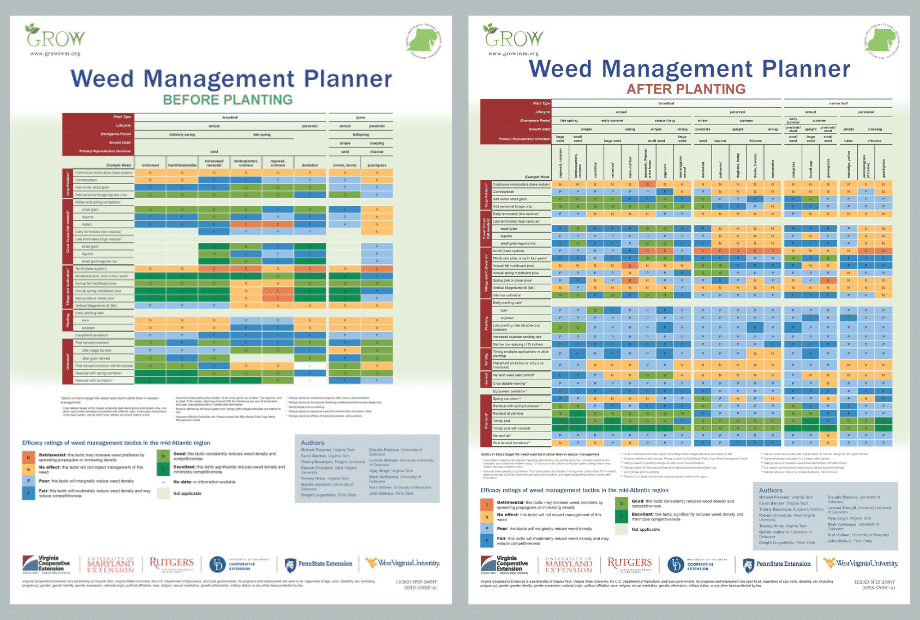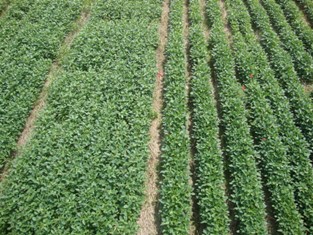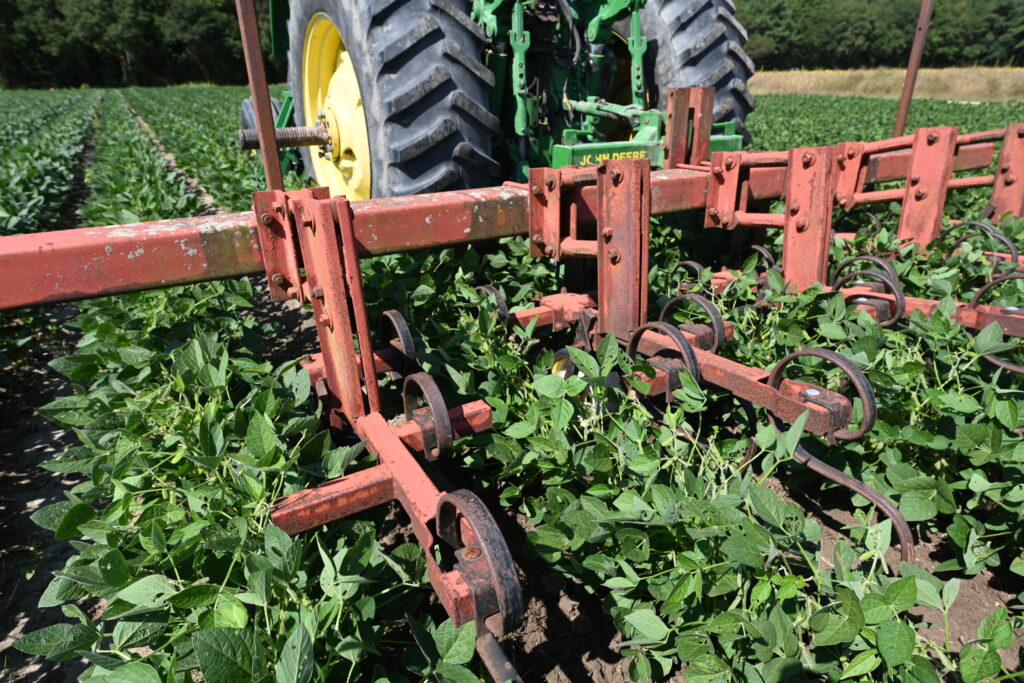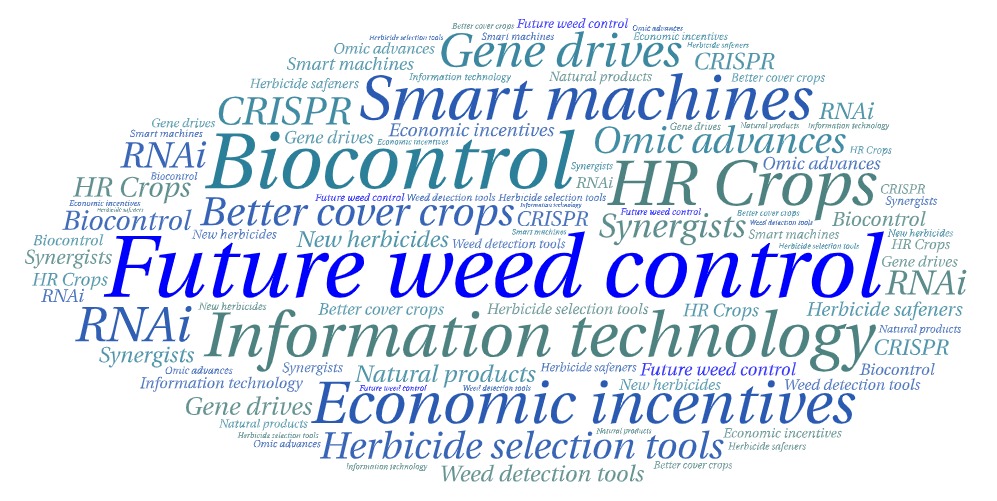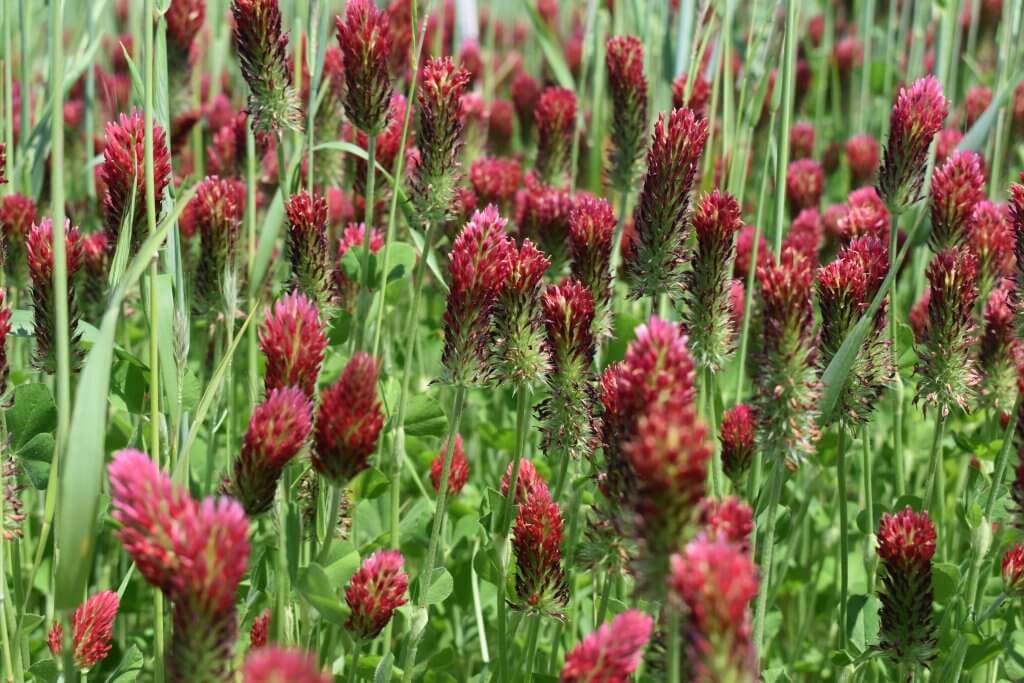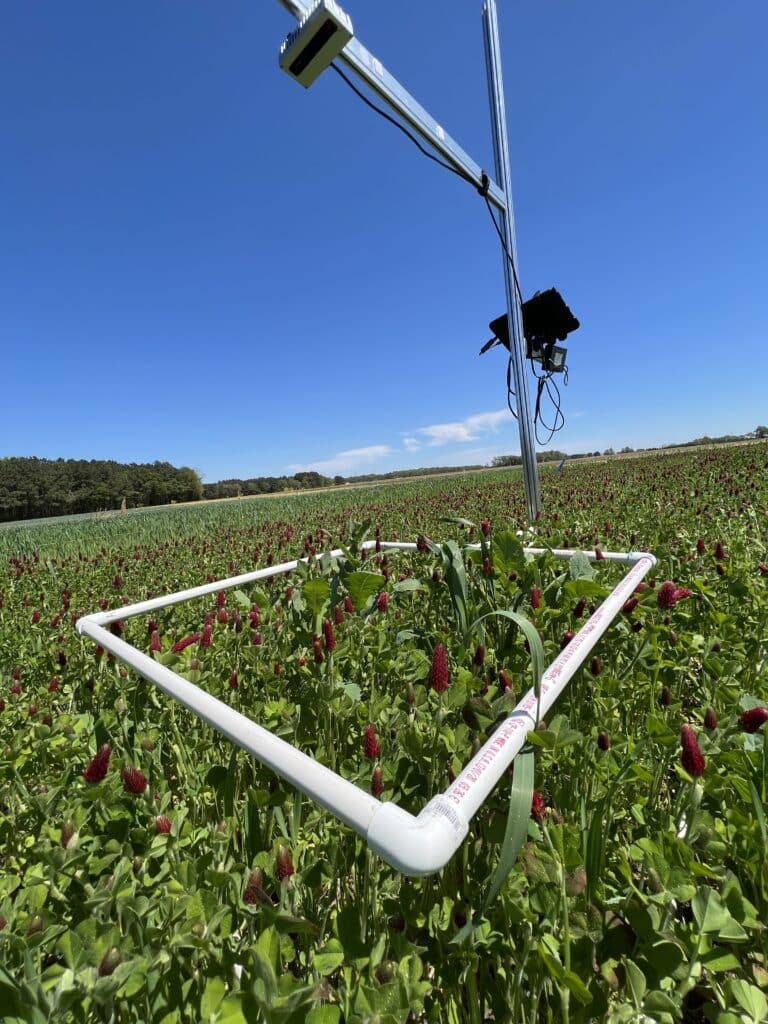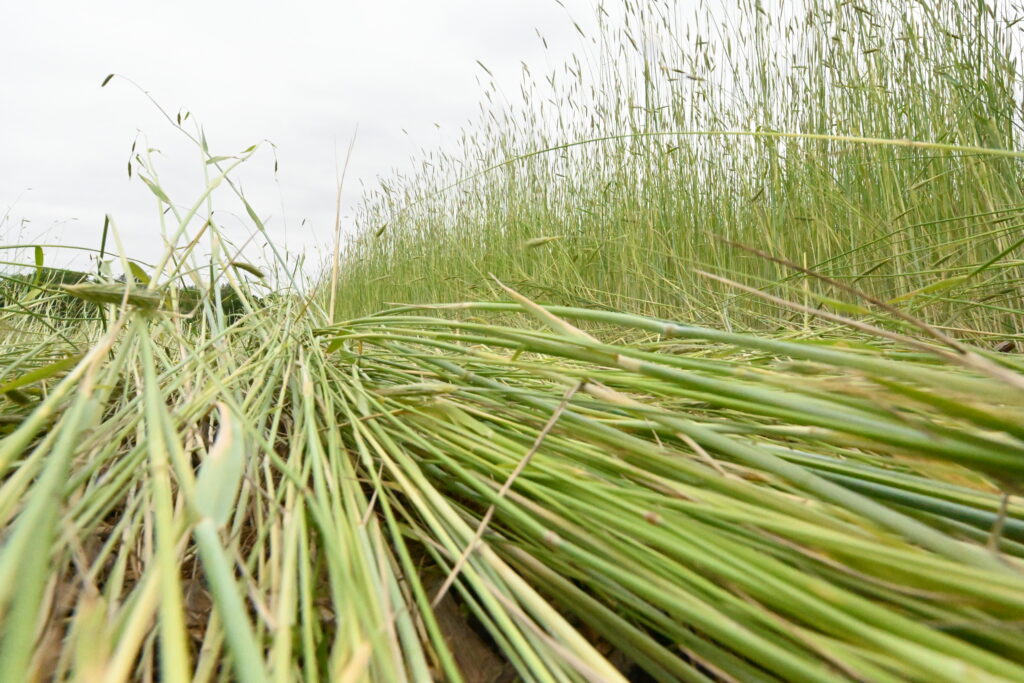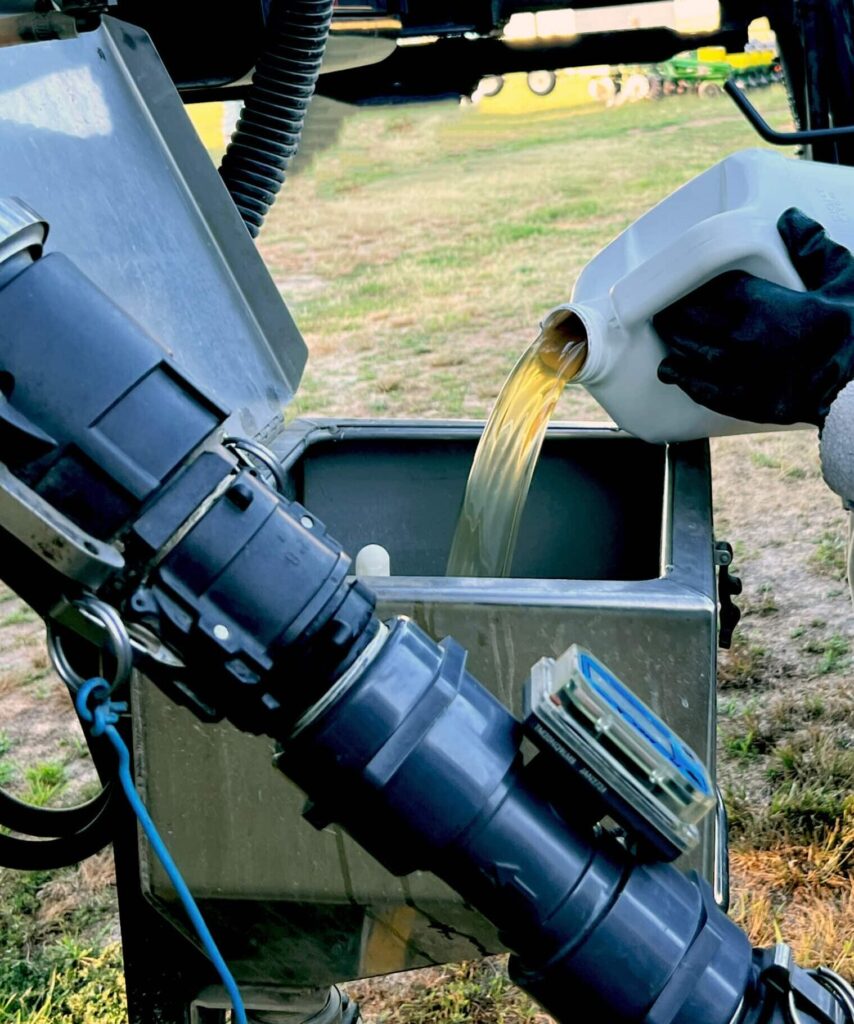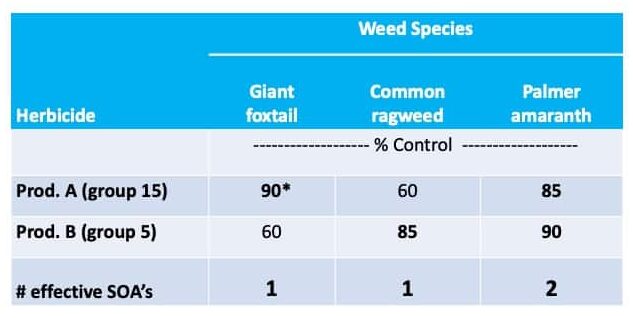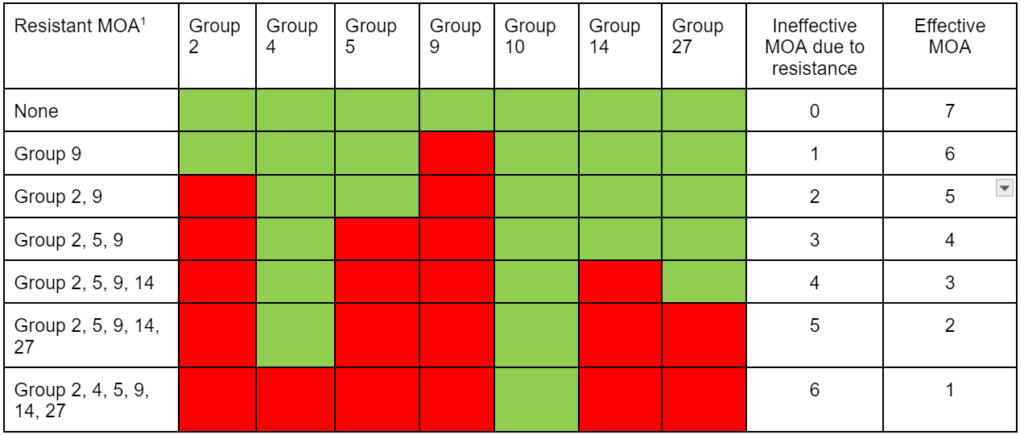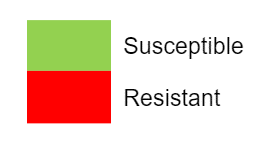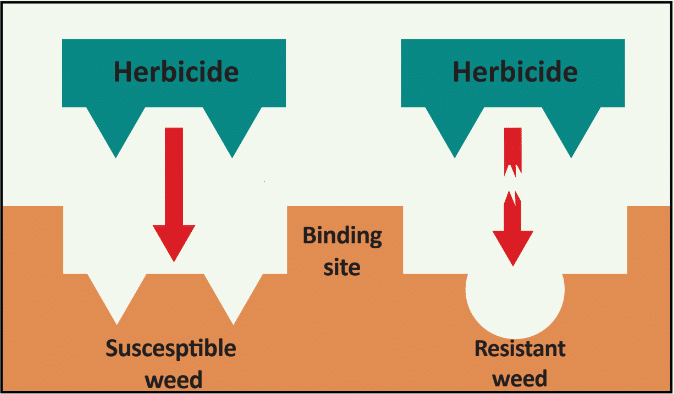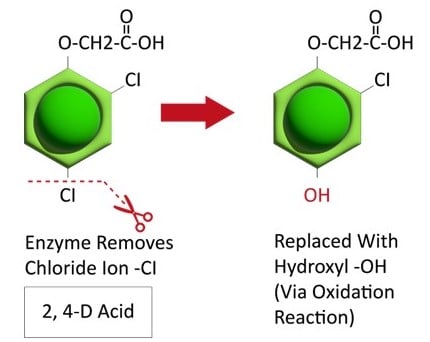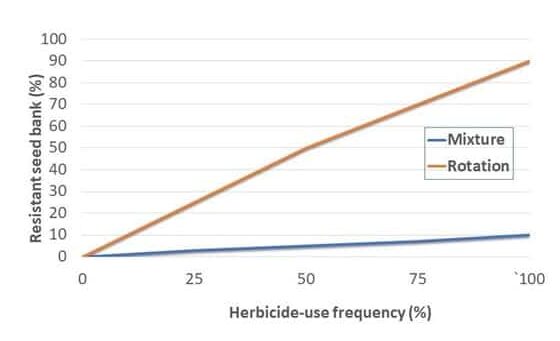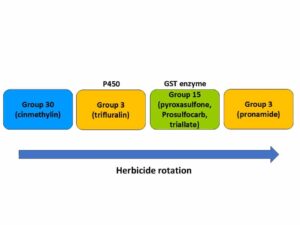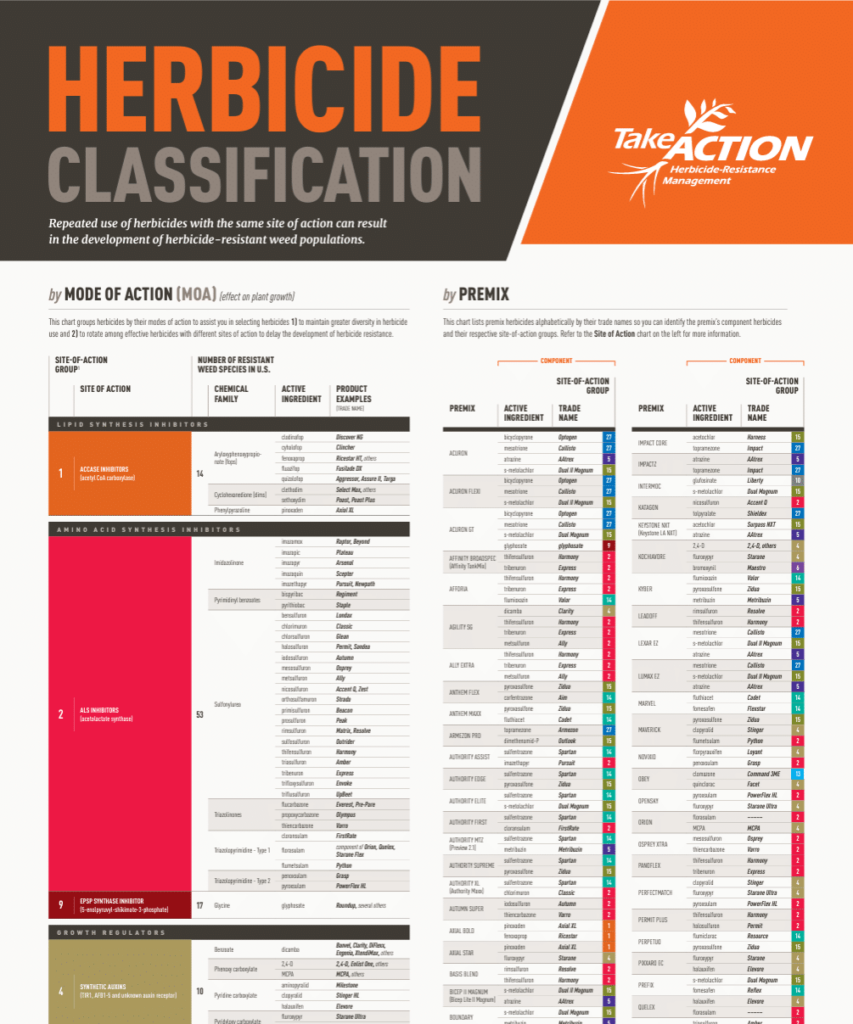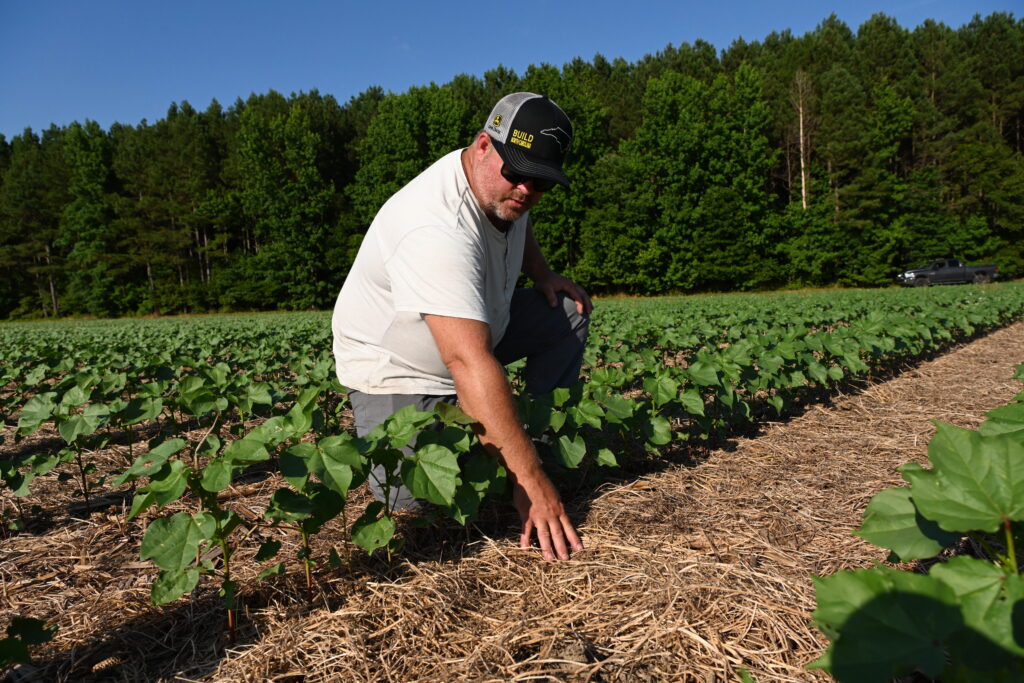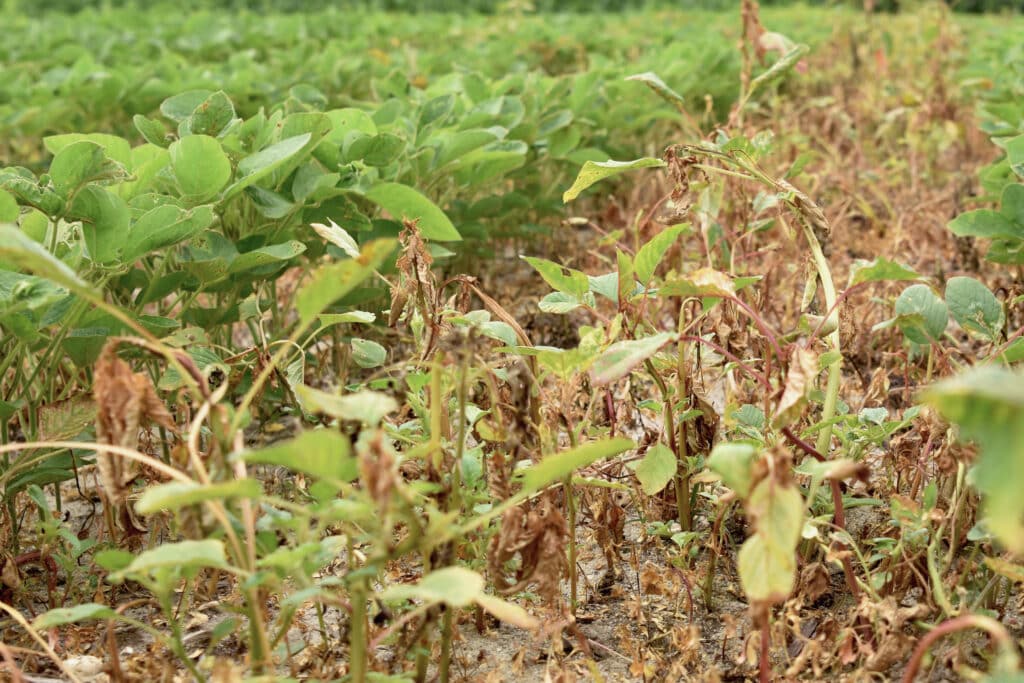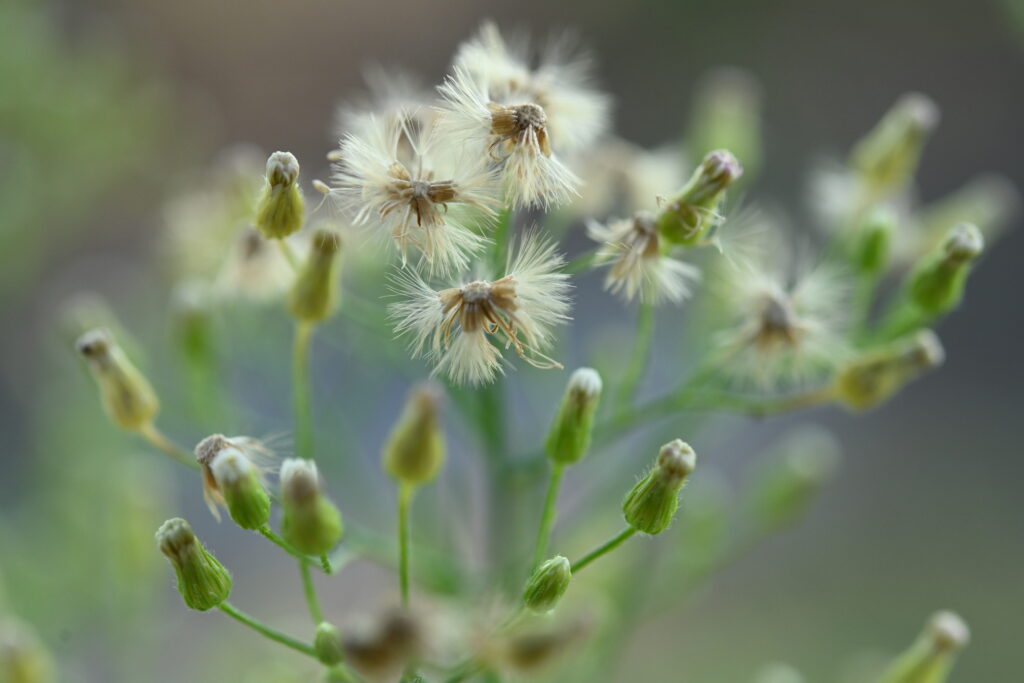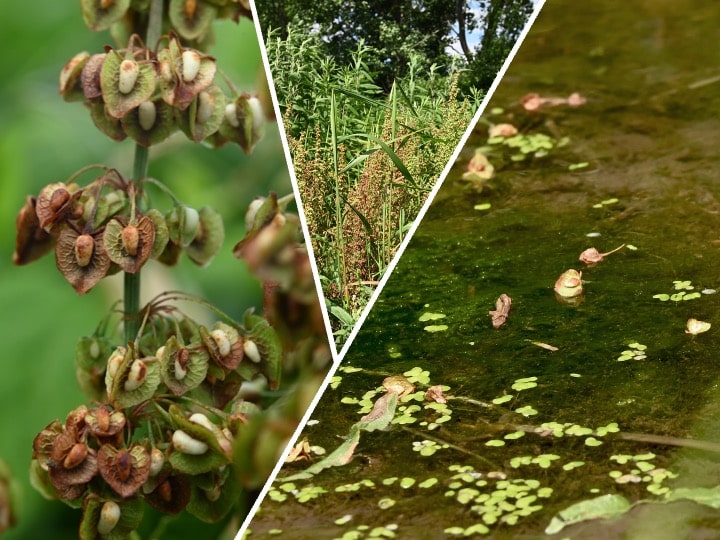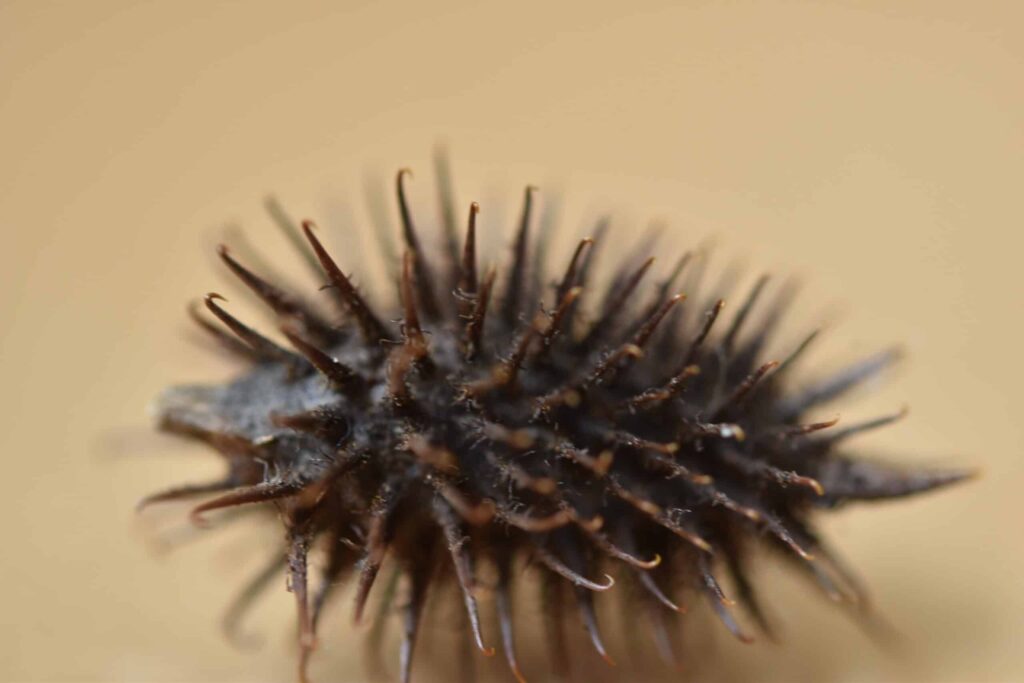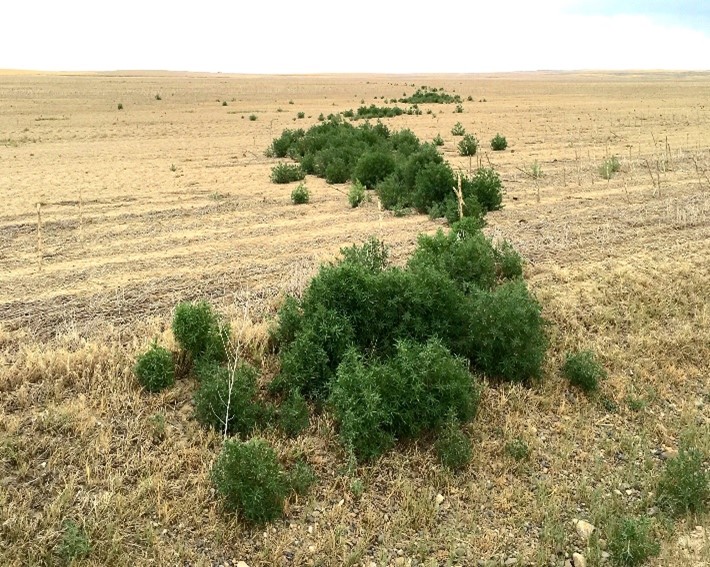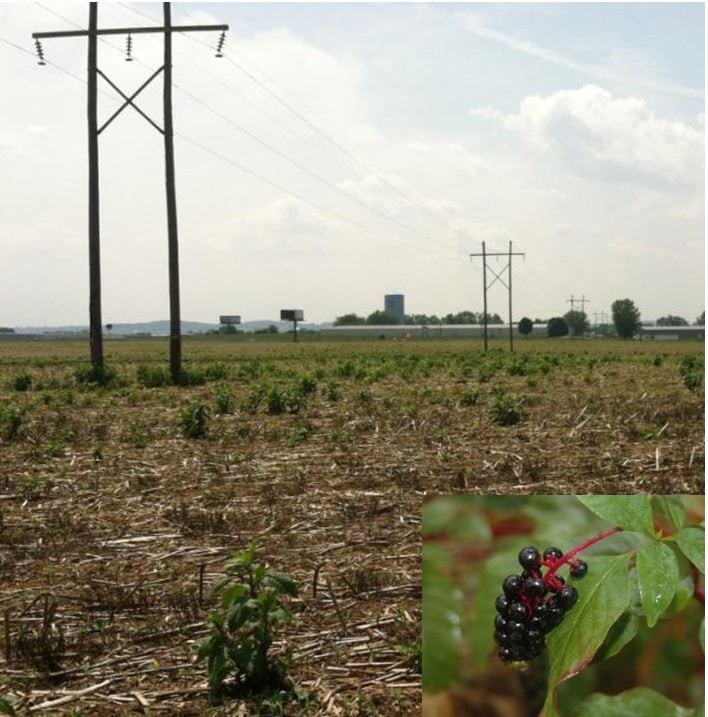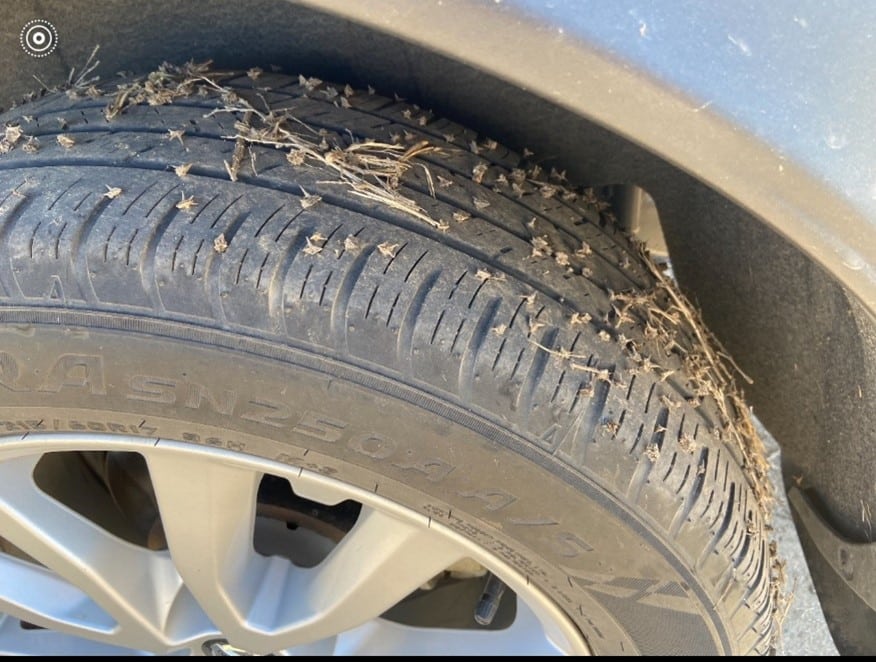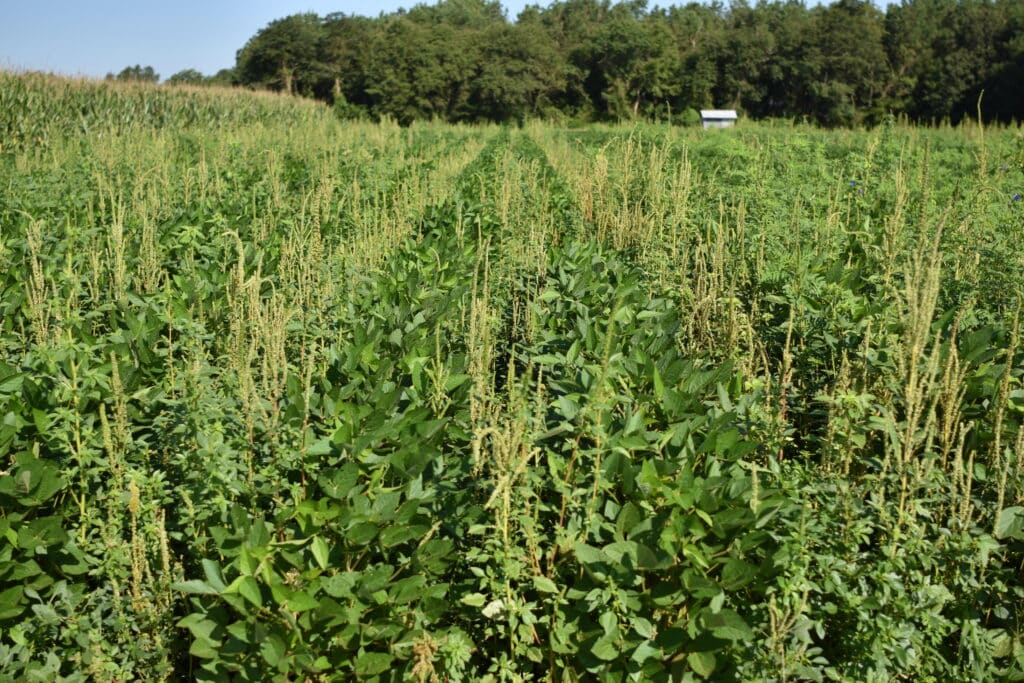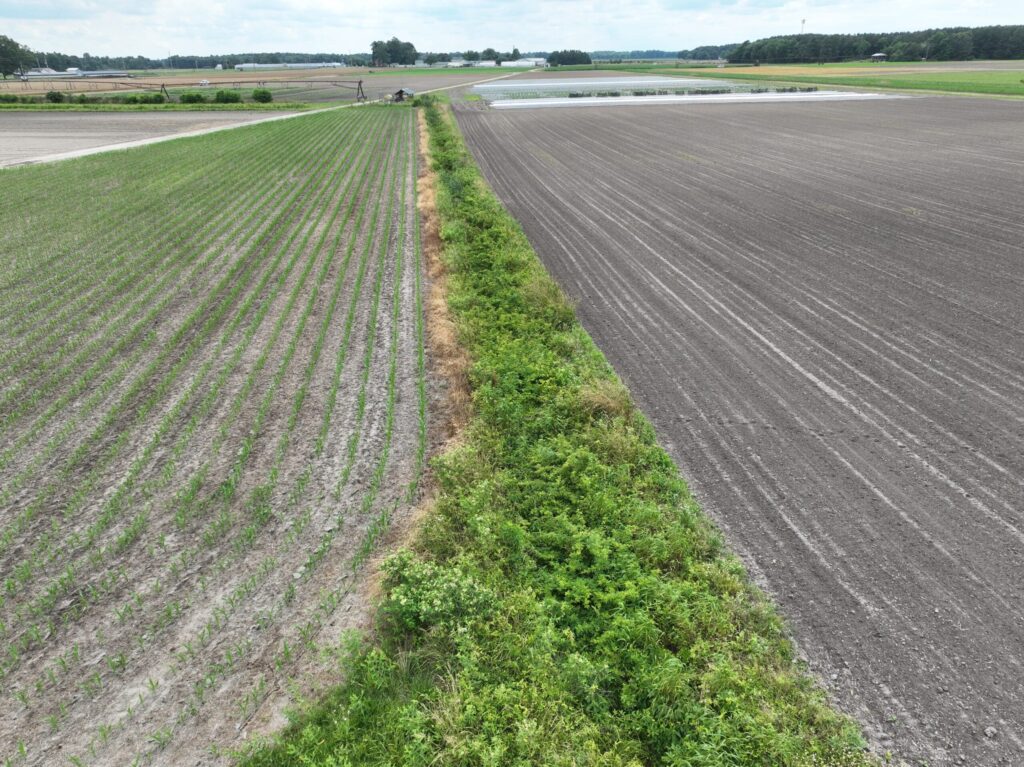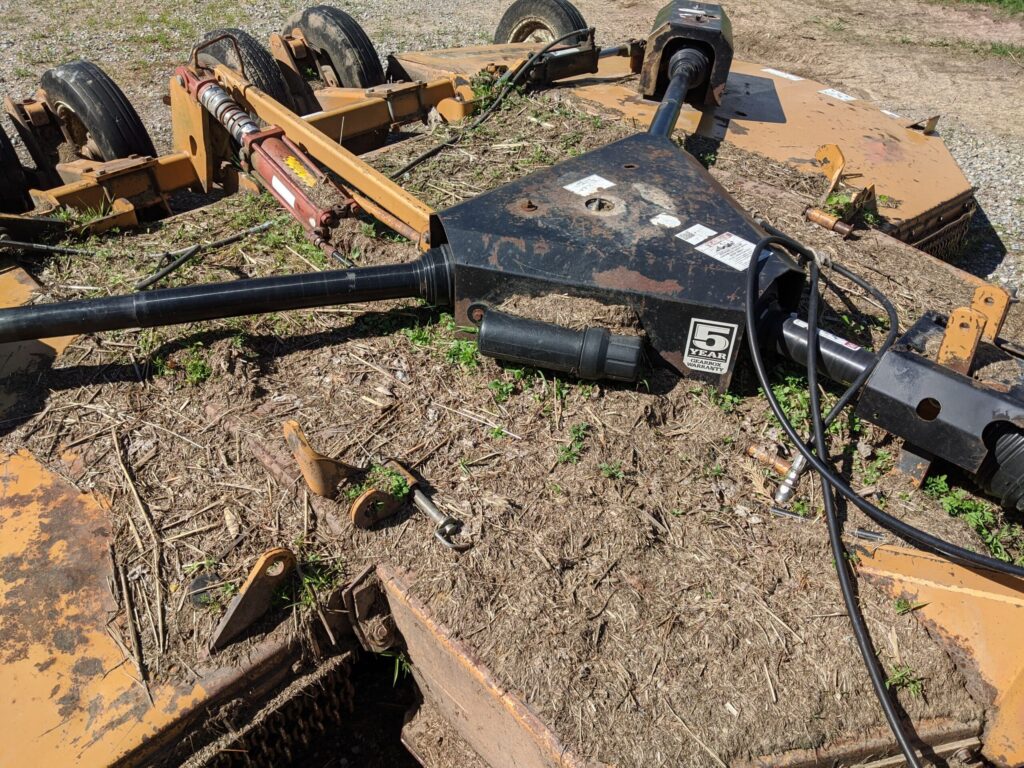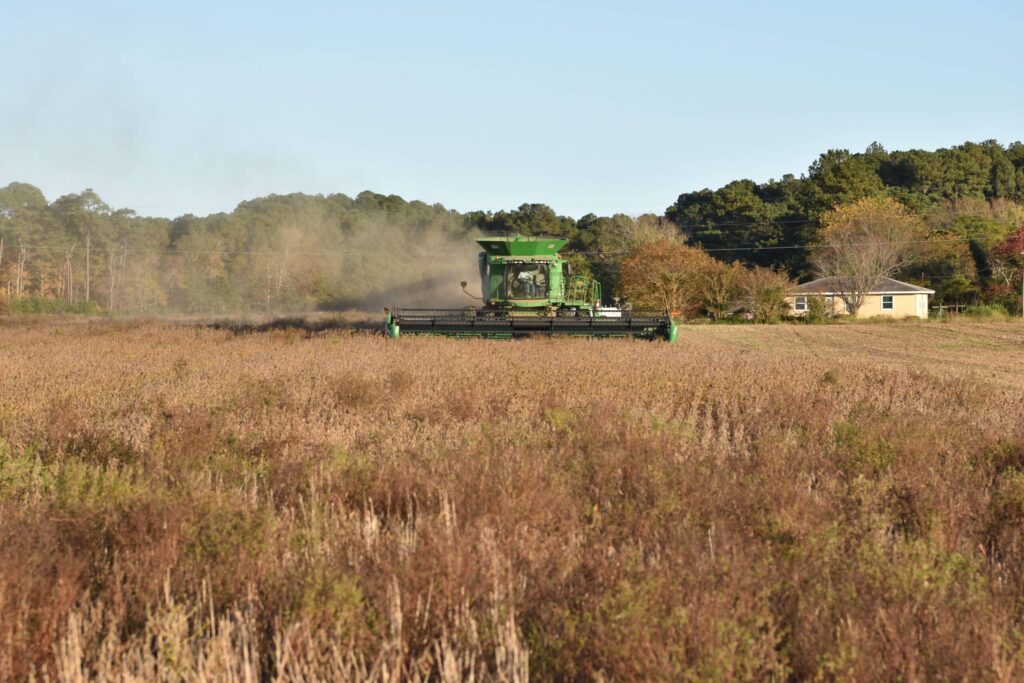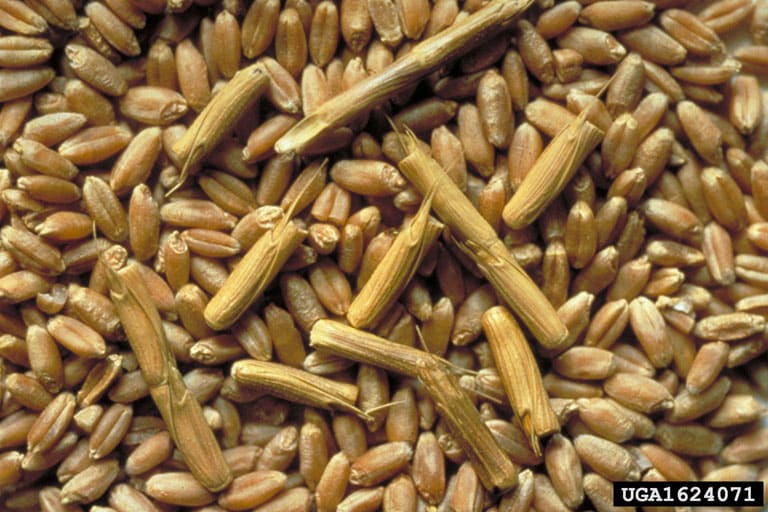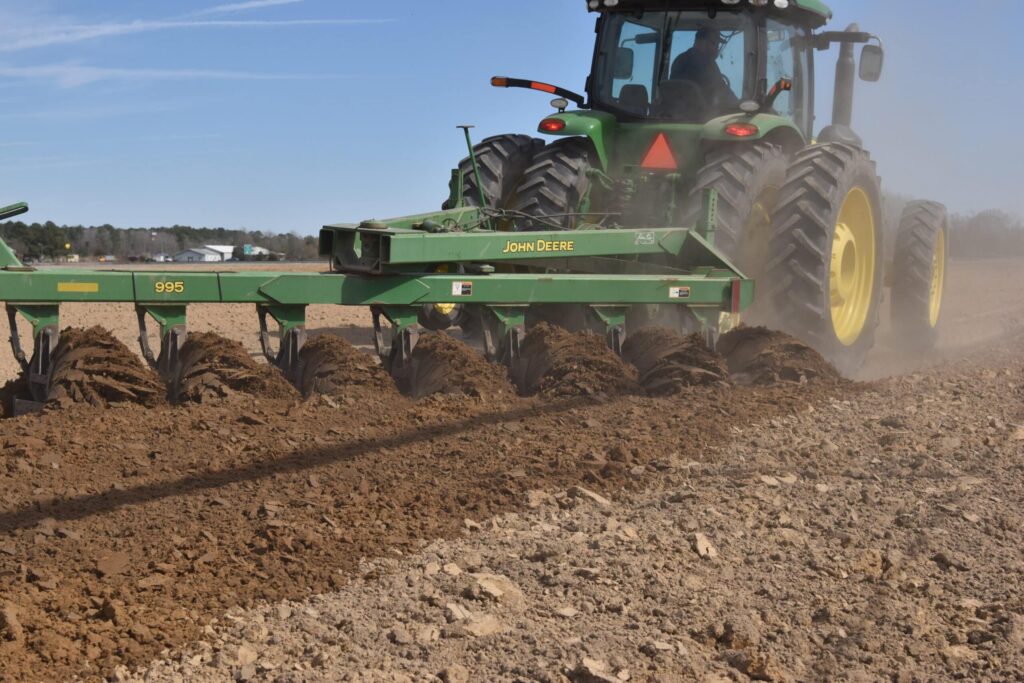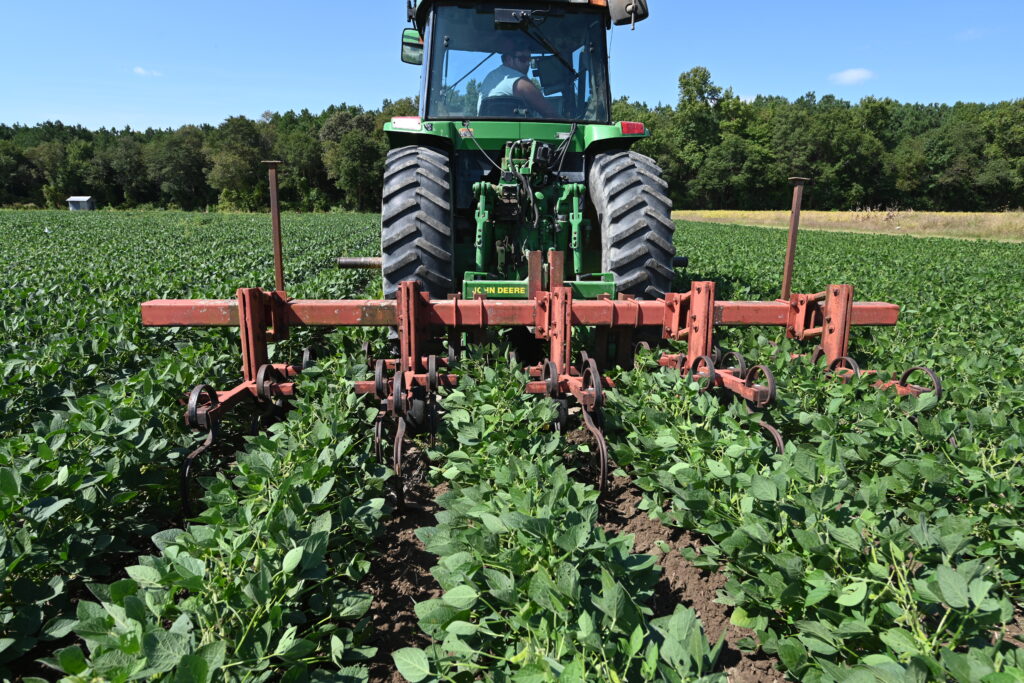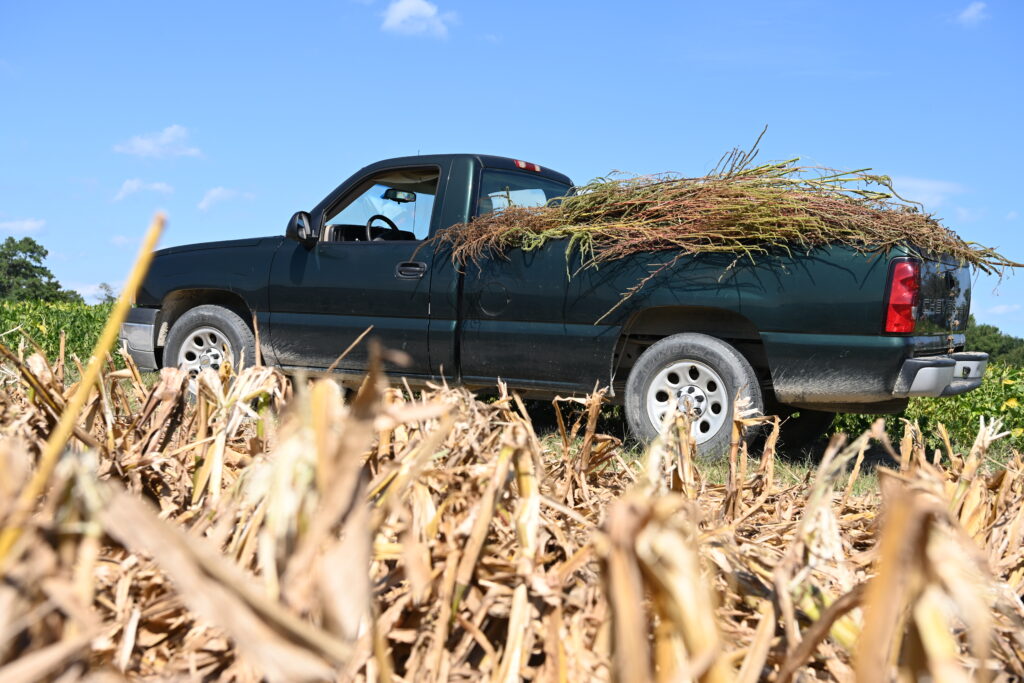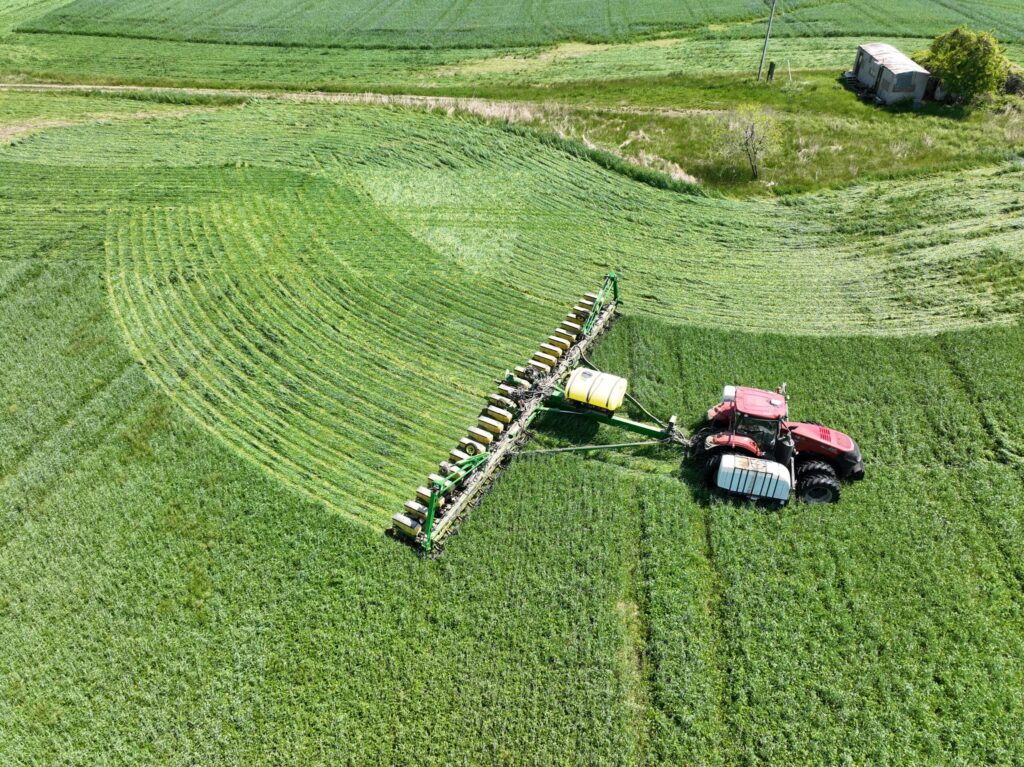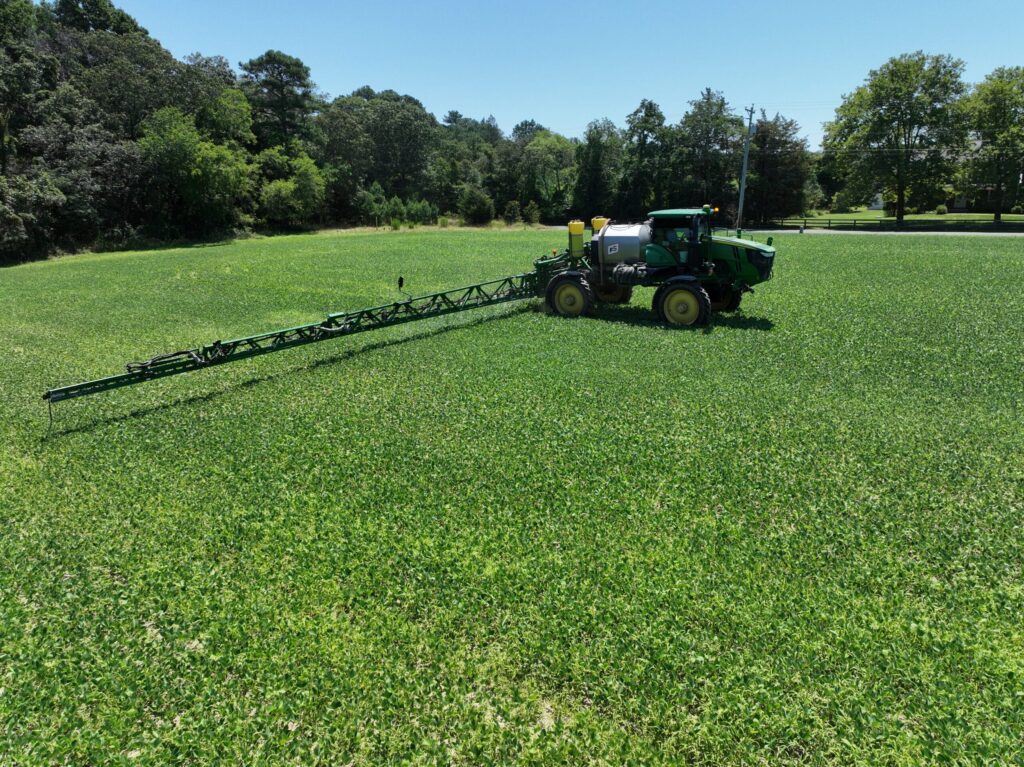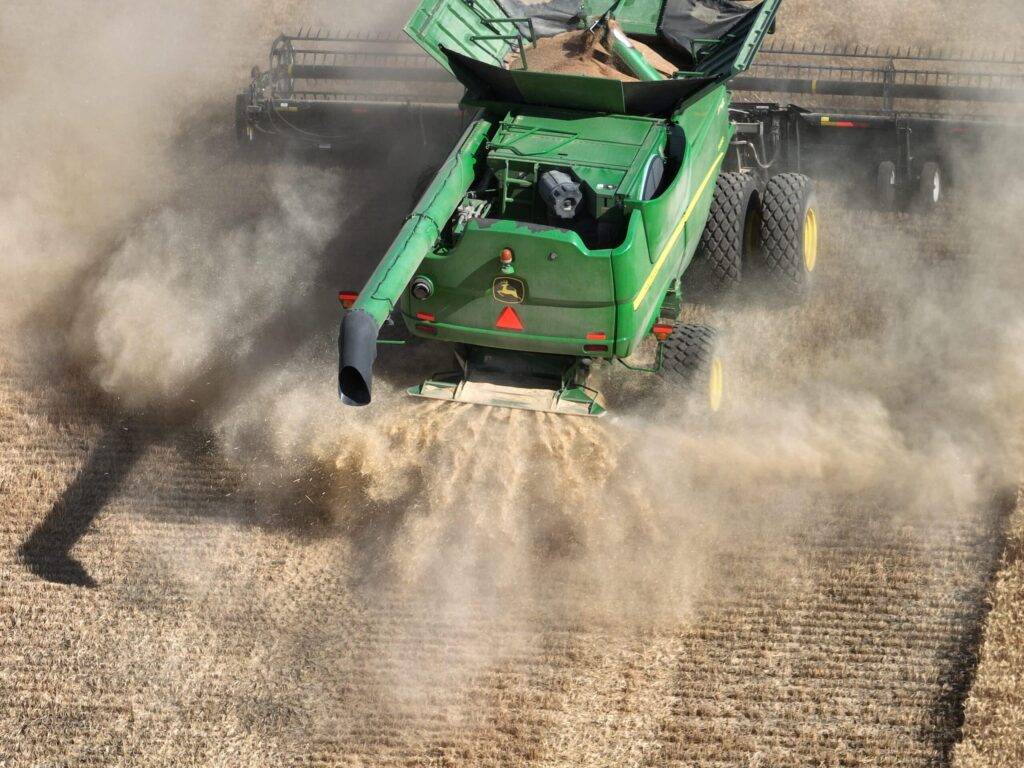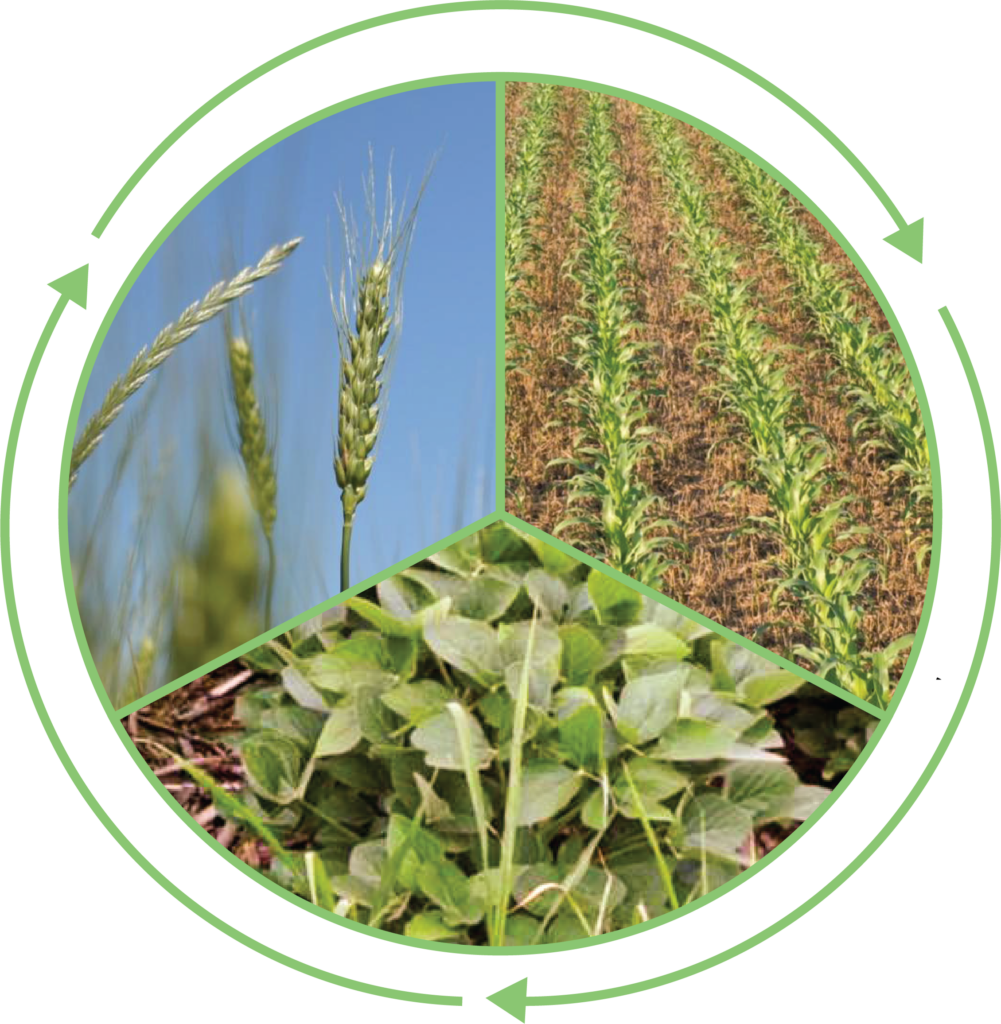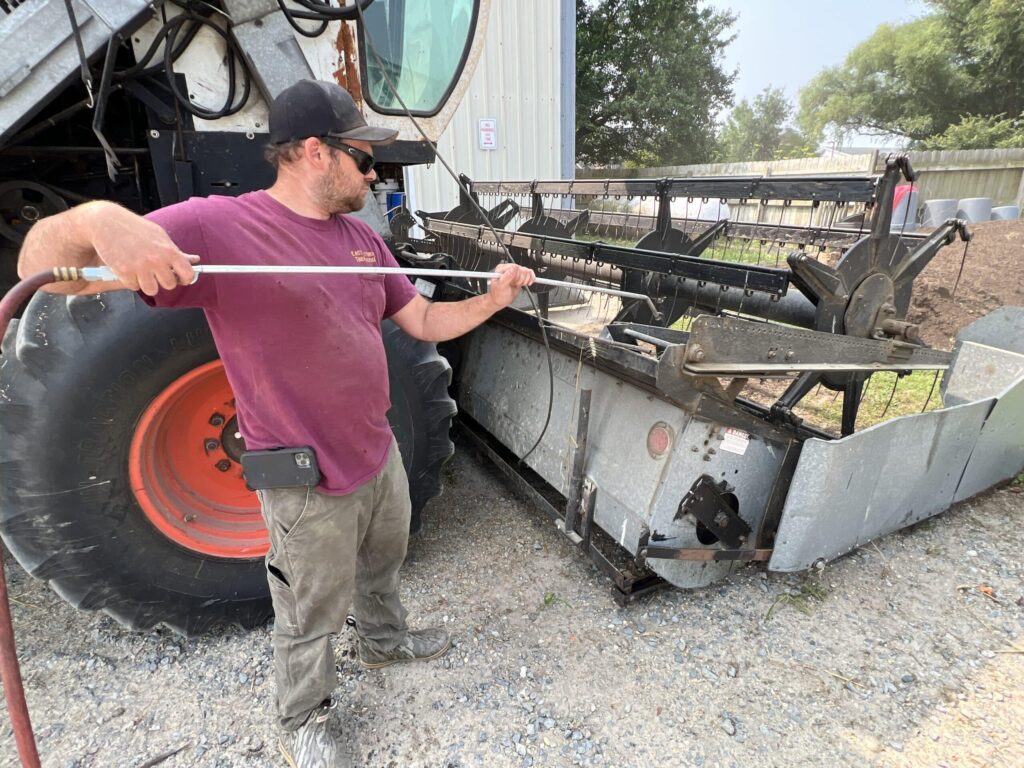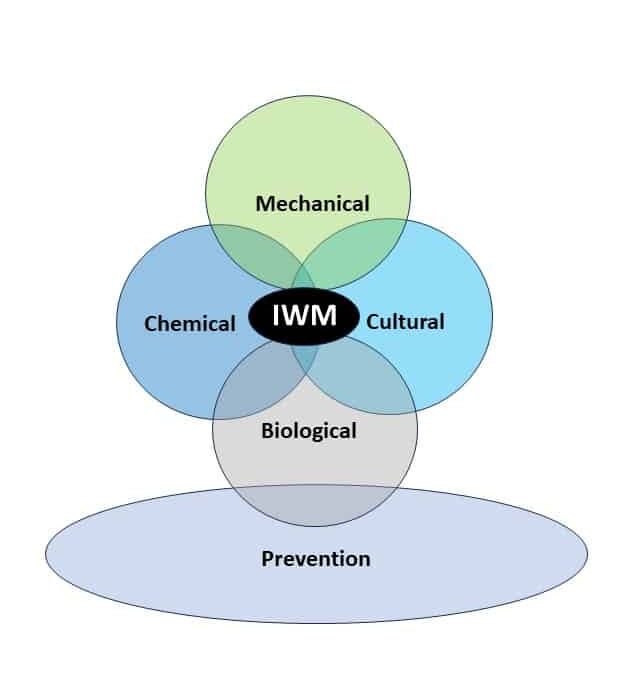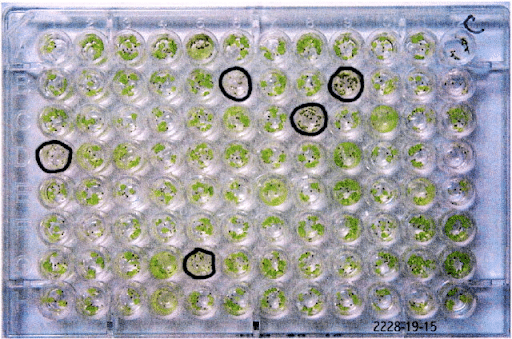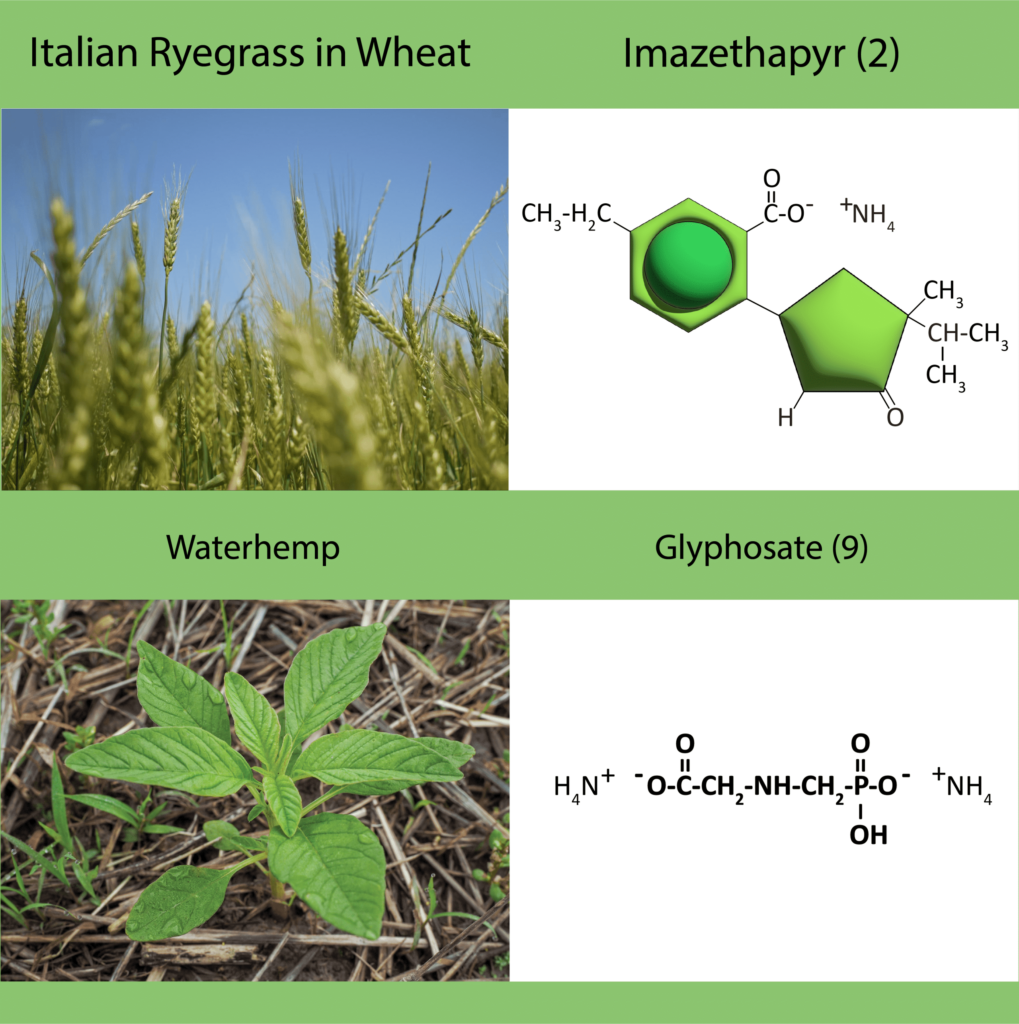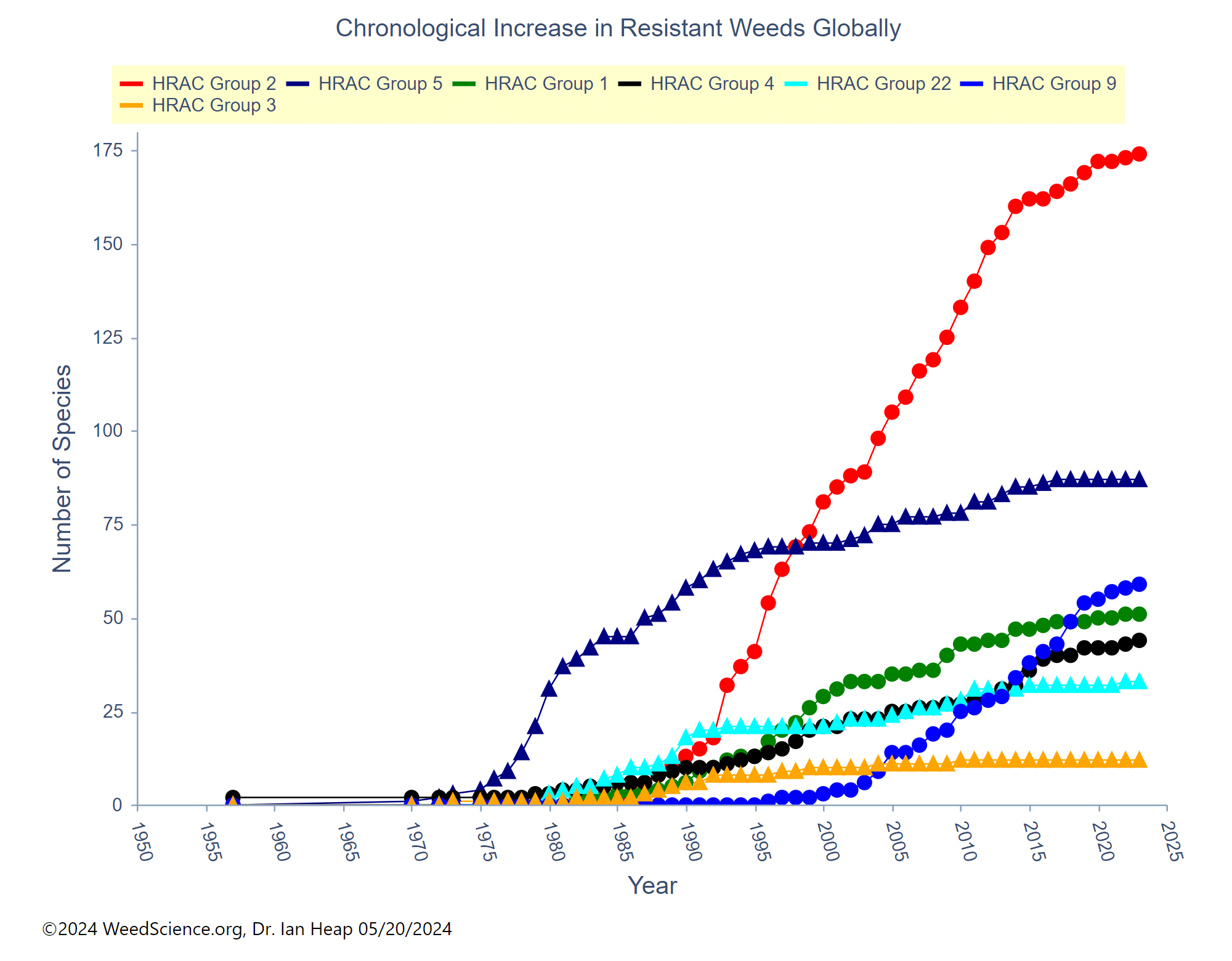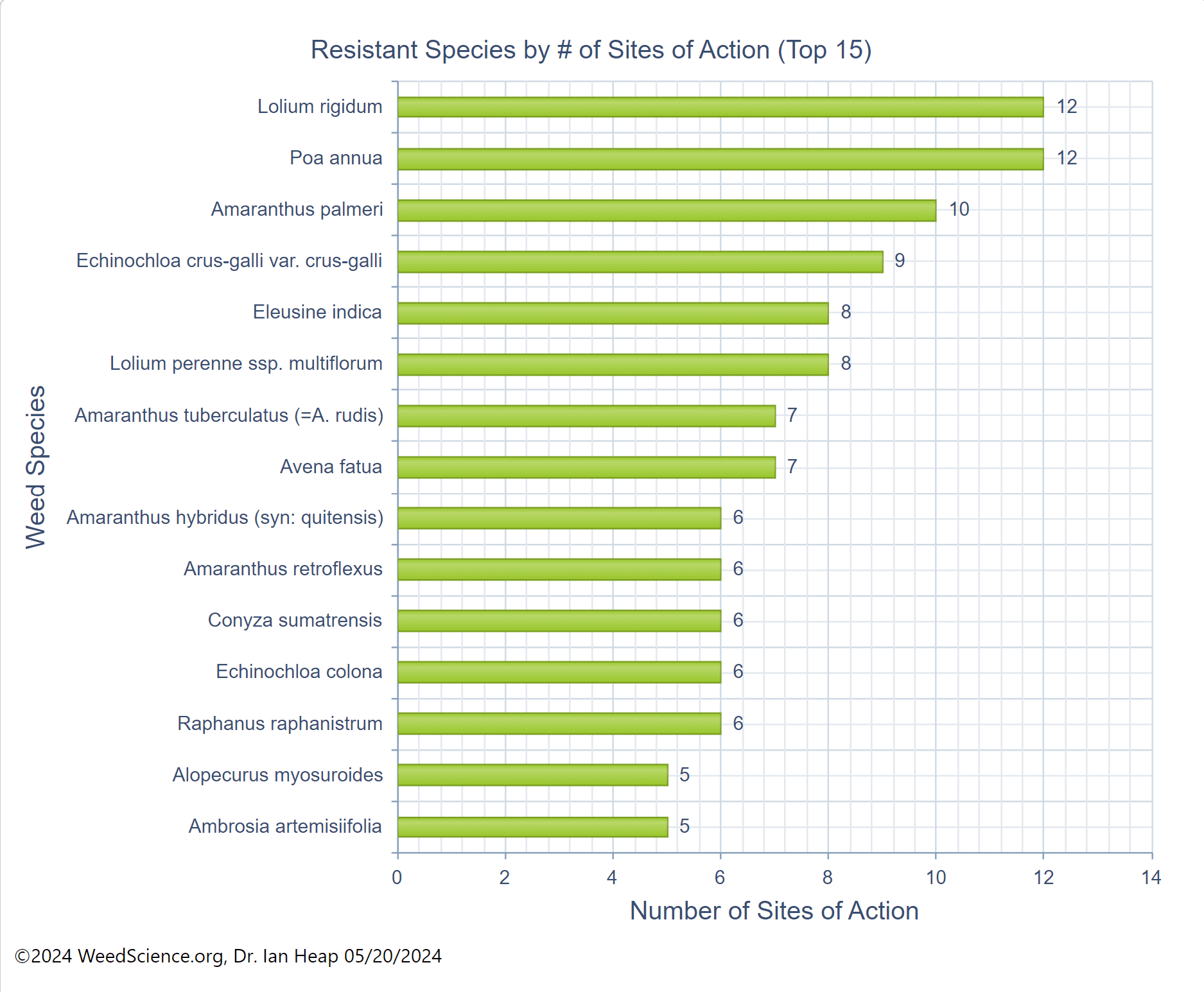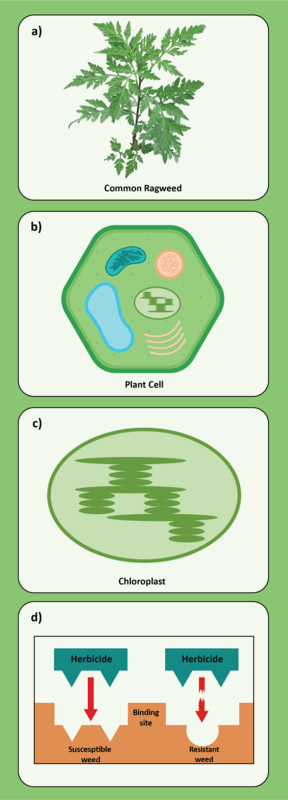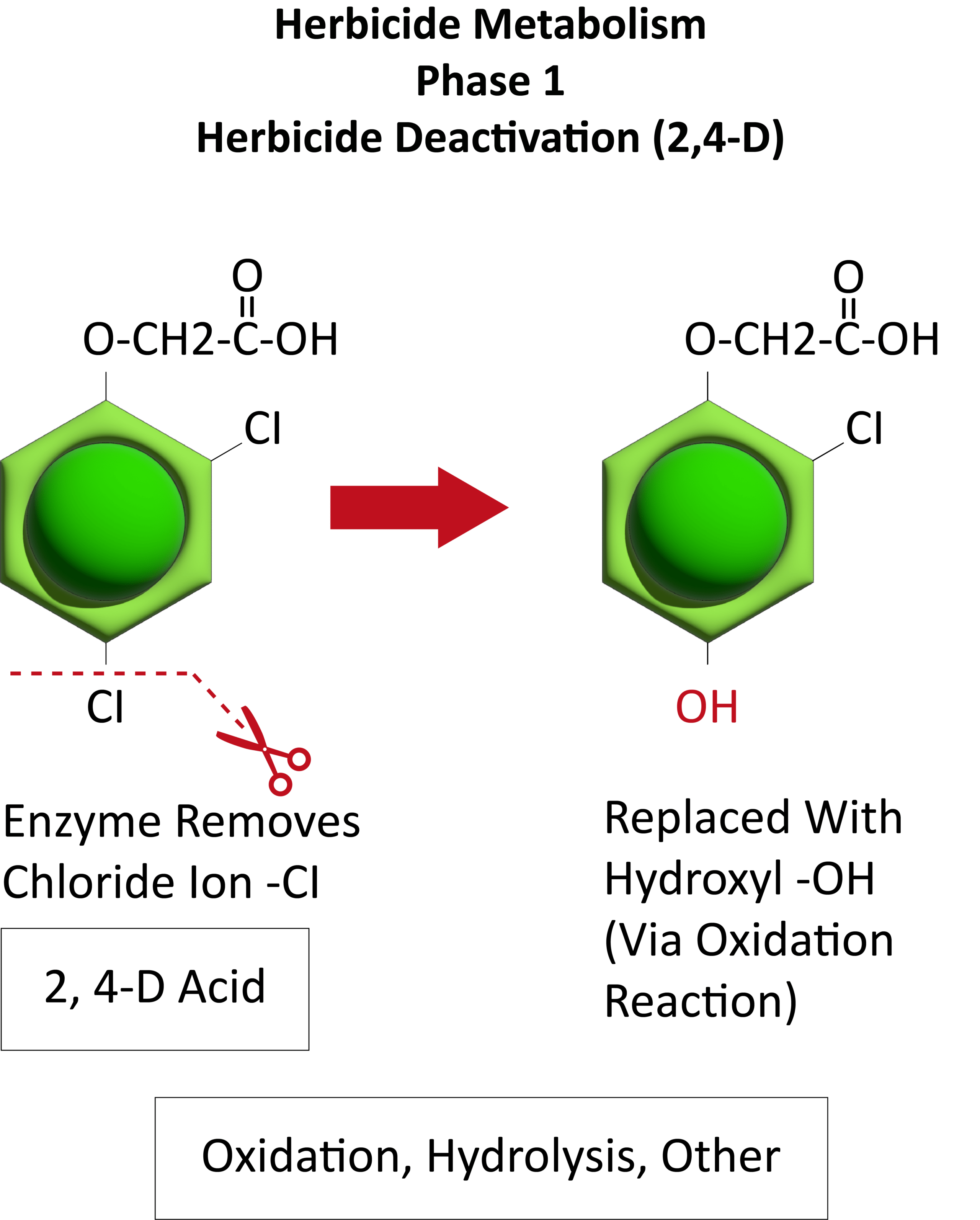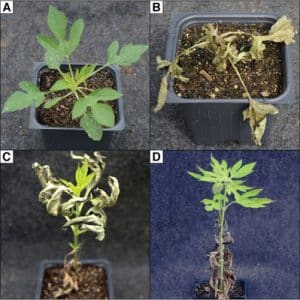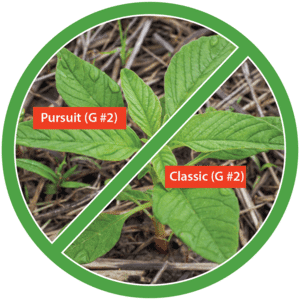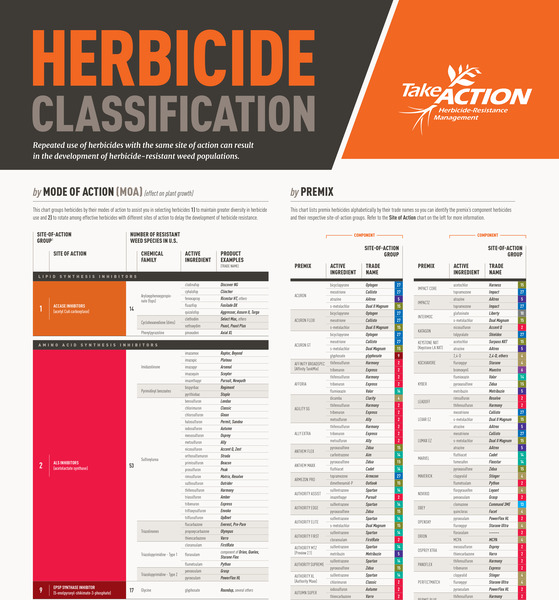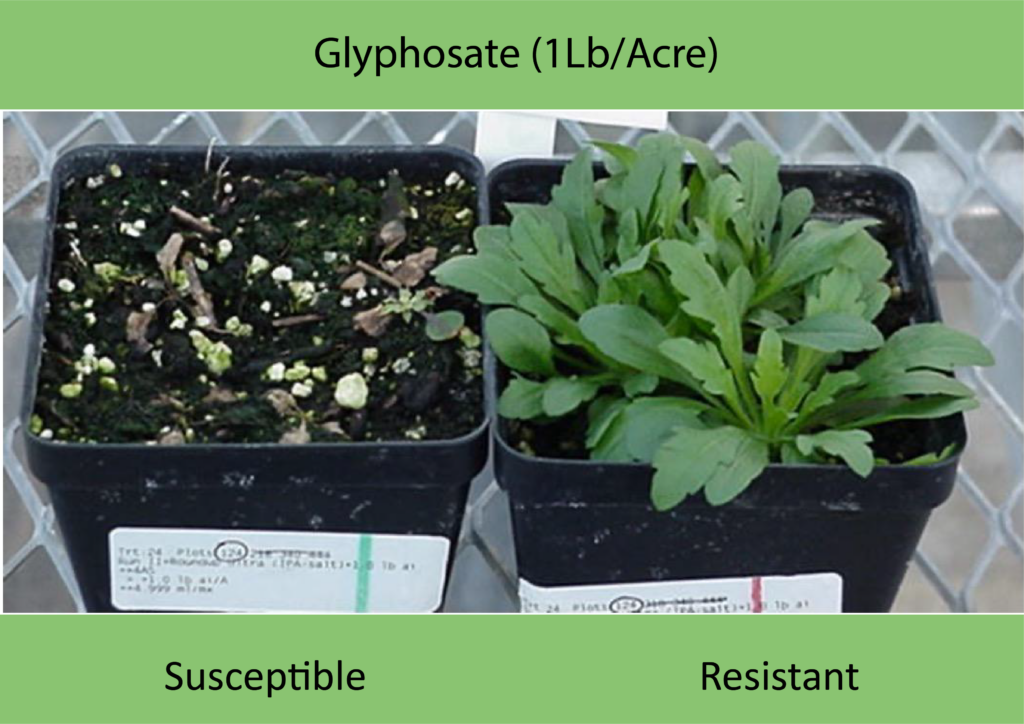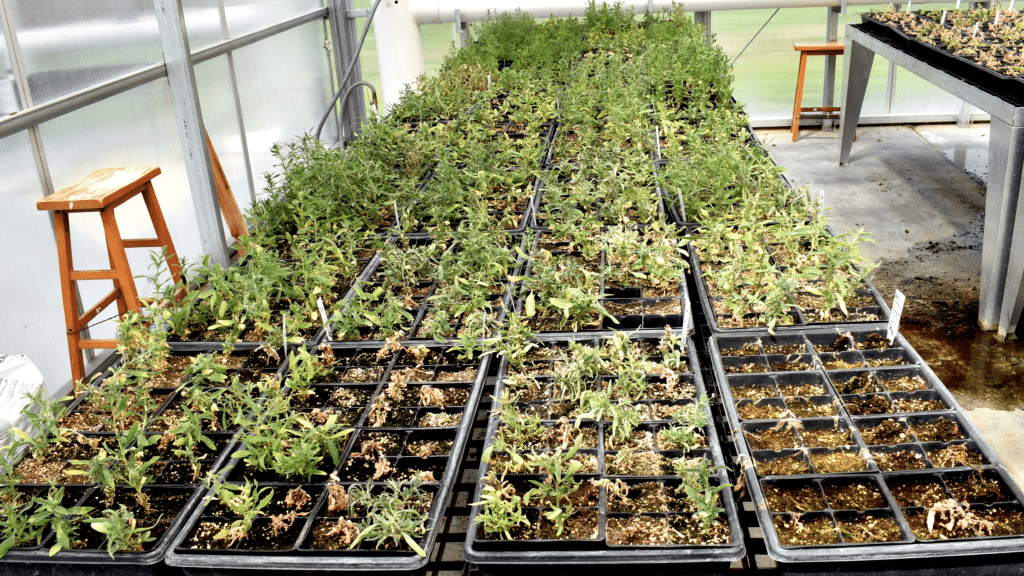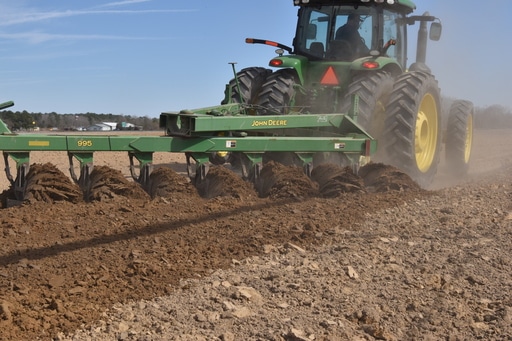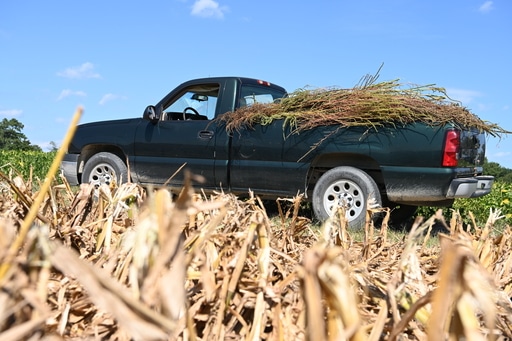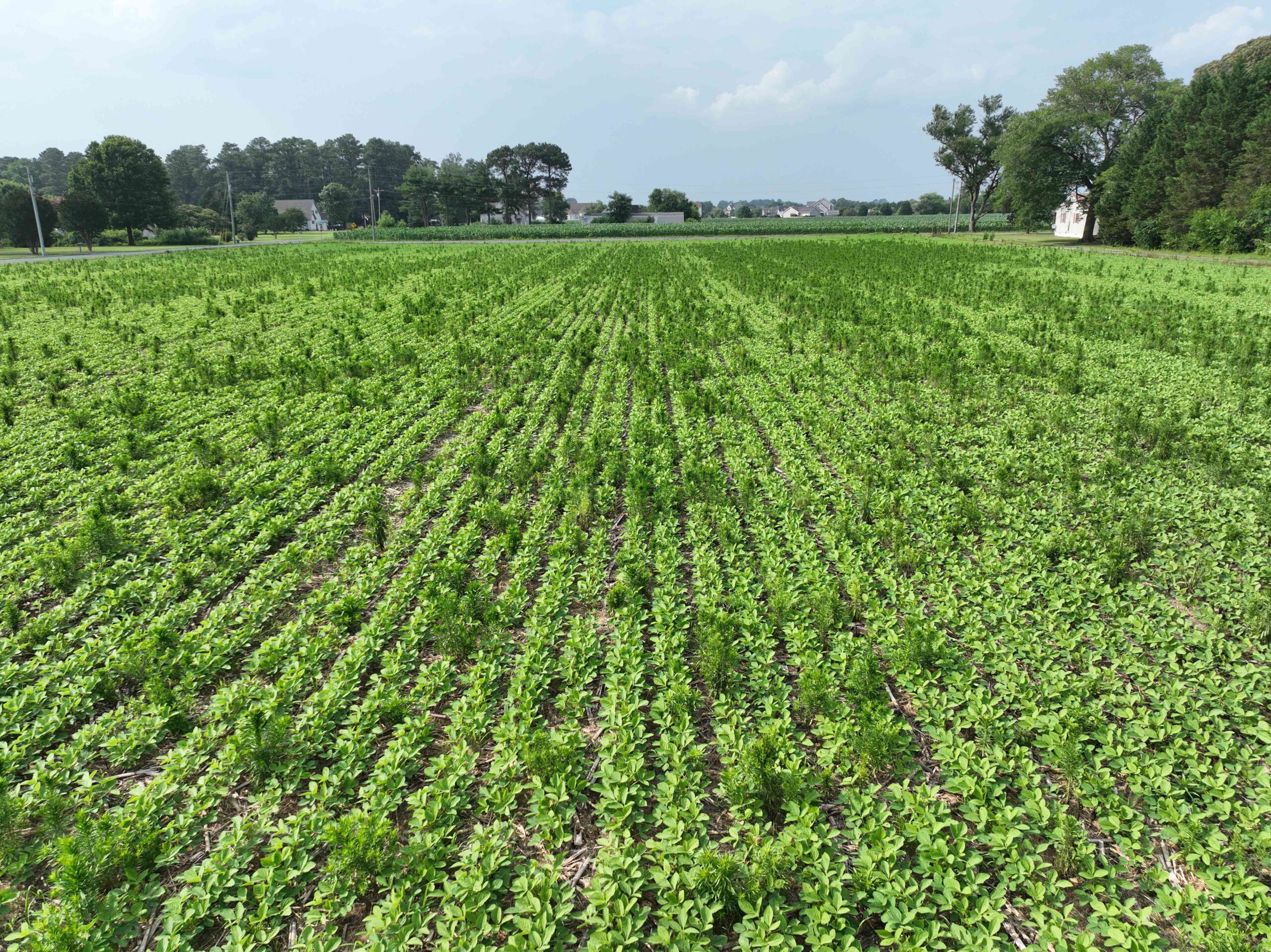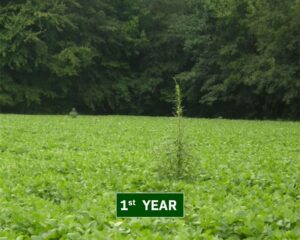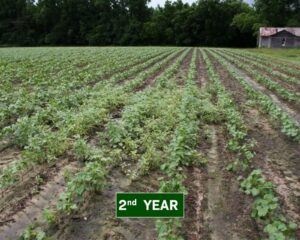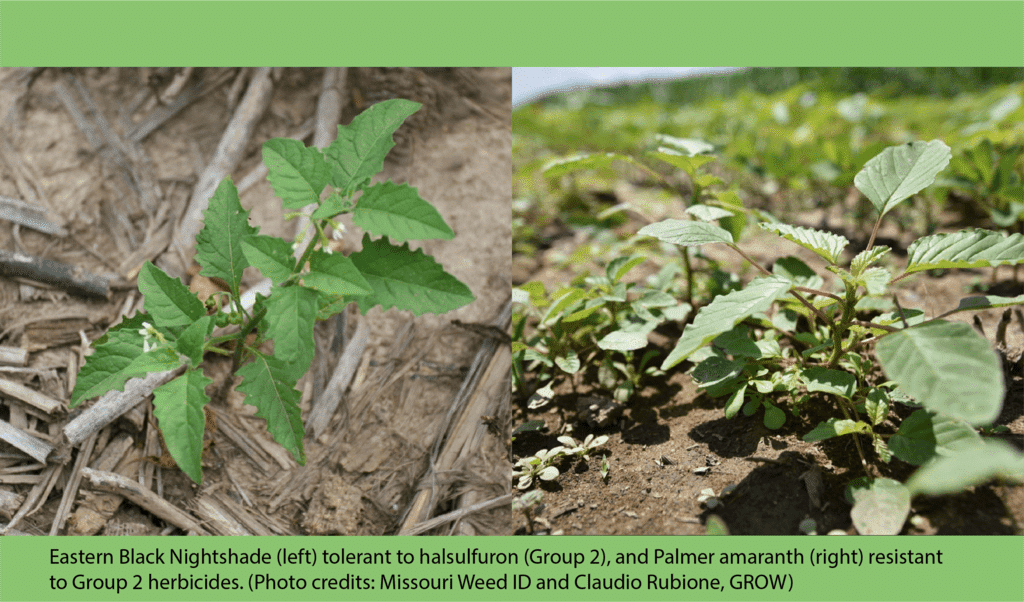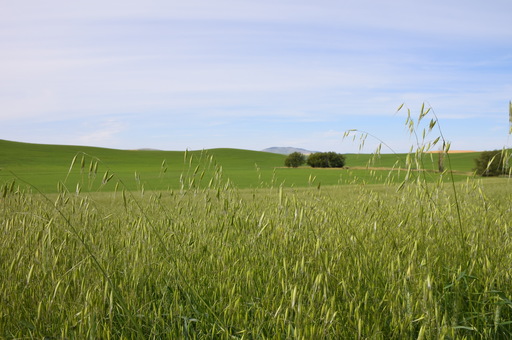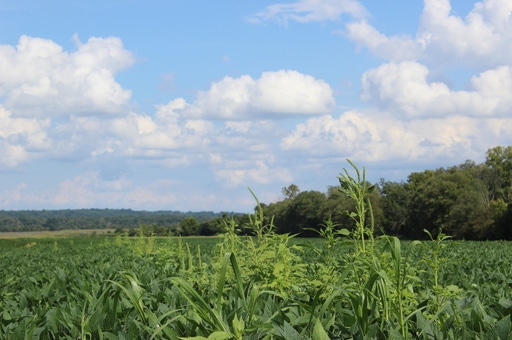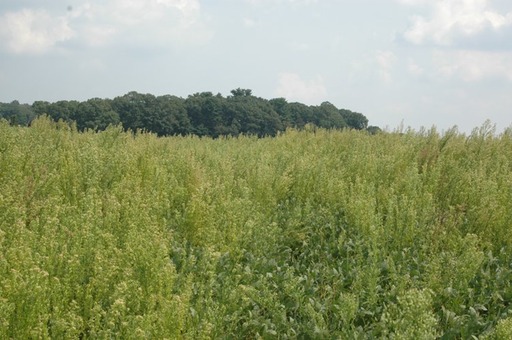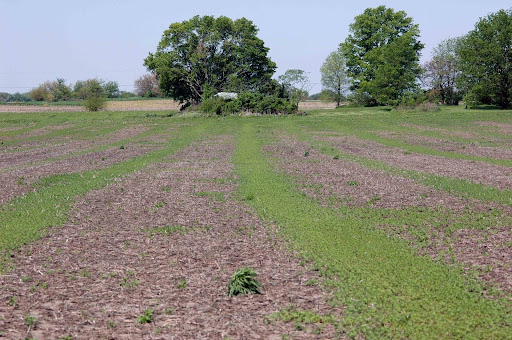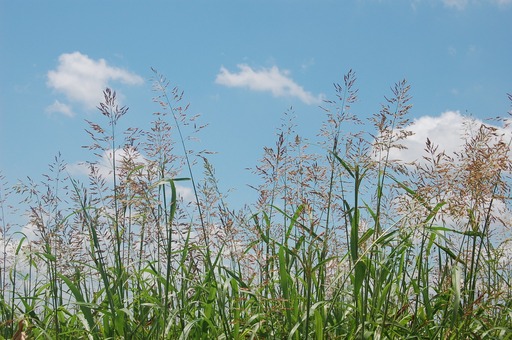You’ve heard the message for years: “Use cover crops and robust herbicide mixes to curb herbicide resistance.” But choosing the right cover crops and herbicide applications for suppressing weeds and maintaining yields can be a headache. Thankfully, a new study examining crop yields following cover crop and herbicide use helps create a framework for choosing the right approach when trying to suppress weeds in soybeans.
In their 2024 study, researchers at Auburn University and the USDA found that using cereal rye or a cover crop mixture with either a postemergent or a pre and postemergent herbicide application effectively reduces weed germination and biomass and maintains soybean production yield. The researchers note that the cover crops and herbicide applications work independently of each other, not creating a combined effect.
Research was conducted at two centers in northern and eastern Alabama. The cover crops tested were crimson clover, cereal rye, oat, radish, and a mixture of those four species. All cover crops were planted in the second week of November 2021 and harvested in 2022. For herbicide applications, the preemergent treatment was S-metolachlor, and the postemergent treatment was a dicamba-glyphosate mix (Note: as of this article’s publication, dicamba is not legal to apply post-emergence).
Cover Crop Biomasses and Yields
At both sites, cereal rye was the most effective cover crop at suppressing weeds. The four-way cover crop mixture was a close second.
At the eastern Alabama test site, cereal rye and the cover crop mixture had biomasses greater than 5,600 pounds per acre, over 1,600 pounds per acre more than the next best cover crop.
Similarly, at the northern Alabama site, plots with cereal rye provided the strongest yields of all the cover crop options, likely due to “increased biomass production and decreased weed competition,” as the study notes.
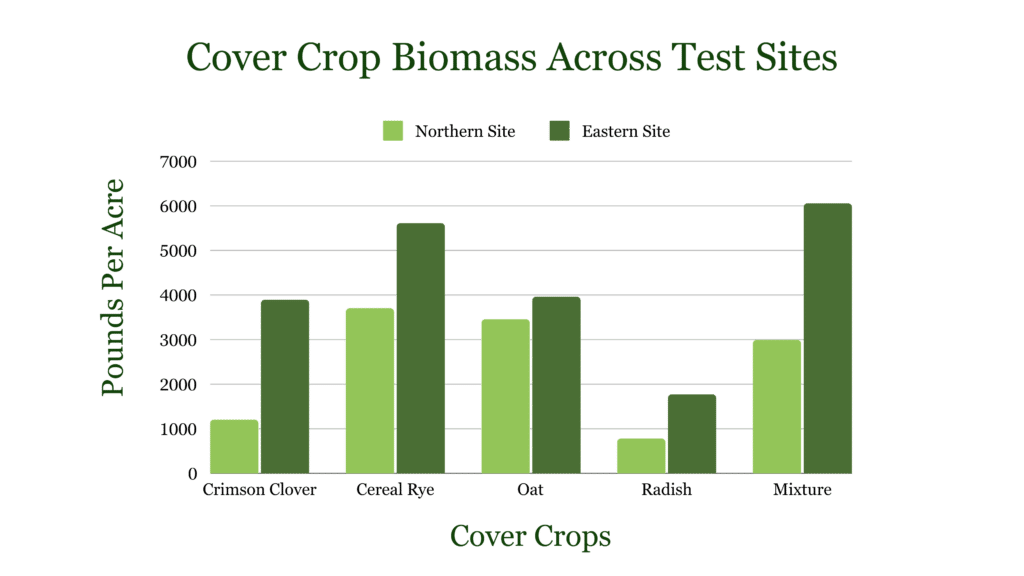
Researcher Dr. Annu Kumari (who has since graduated with her doctorate from Auburn) notes that farmers with different goals will benefit from different cover crops. “If farmers are looking specifically for weed suppression, they should go for the cereal rye or oats because of the high biomass production. If they are looking for other benefits like nitrogen fixation, they should go for a legume cover crop.”
And if farmers want the best of both worlds, then they should use a mixture of legume and non-legume cover crops, an option that performed closely to cereal rye when maintaining soybean yields and suppressing weeds.
Herbicide Applications on Weed Suppression and Yields
Since high-residue cover crops like cereal rye lose effectiveness as the growing season progresses, and since some farmers don’t utilize cover crops, Kumari and her team also examined different herbicide applications for weed suppression and soybean yield.
Postemergent and pre and postemergent herbicide treatments led to soybean yields 142% higher (+16.7 bushels per acre) and 131% higher (+15 bushels per acre) than no-herbicide treatments at the north Alabama test site, respectively. Similarly, postemergent and pre and postemergent herbicide treatments at the eastern Alabama site resulted in 59% higher (+17.8 bushels per acre) and 62% higher (+15.9 bushels per acre) yields than no herbicide treatment. Using only a preemergent treatment was found to be ineffective at both test sites, possibly because cover crop biomass restricted the treatment from reaching the soil.
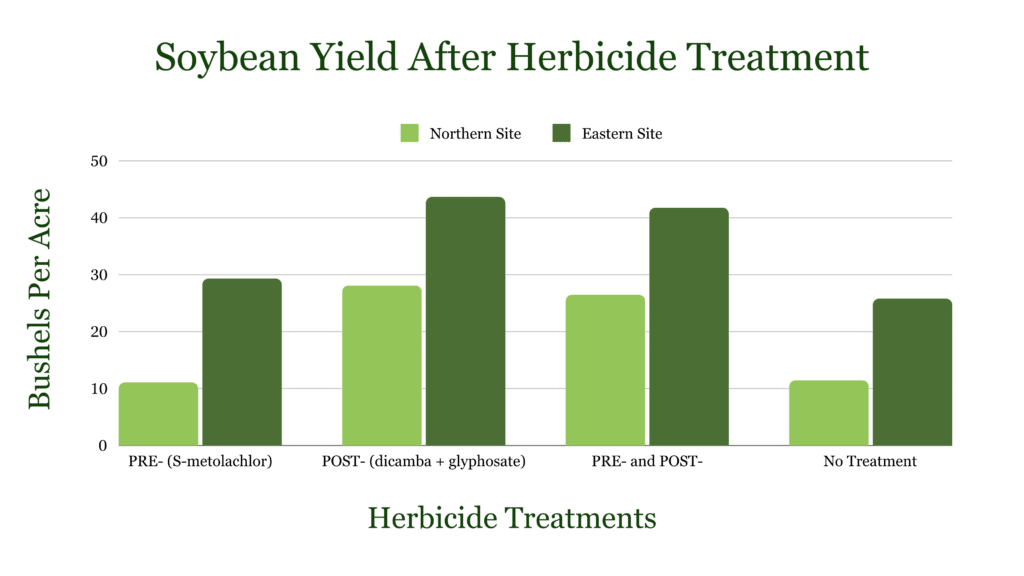
However, preemergent treatments still proved an essential part of weed control, especially for farmers dealing with small-seeded weeds like Palmer amaranth. “The preemergence application was strong enough to control Palmer amaranth up to eight weeks after planting soybeans,” Kumari explained.
Large-seeded weed types, in particular, will require a postemergent treatment because of their large seed reserves. Dr. Kumari remarked, “If there’s any large-seeded species, such as morning glory…we have to apply the postemergence application. There’s no other way.”
By presenting data on actual soybean yields following cover crop and herbicide applications, Kumari’s study demonstrates the use of integrated weed management in maintaining crop yields and reducing herbicide resistance, while also improving soil health and staving off erosion.
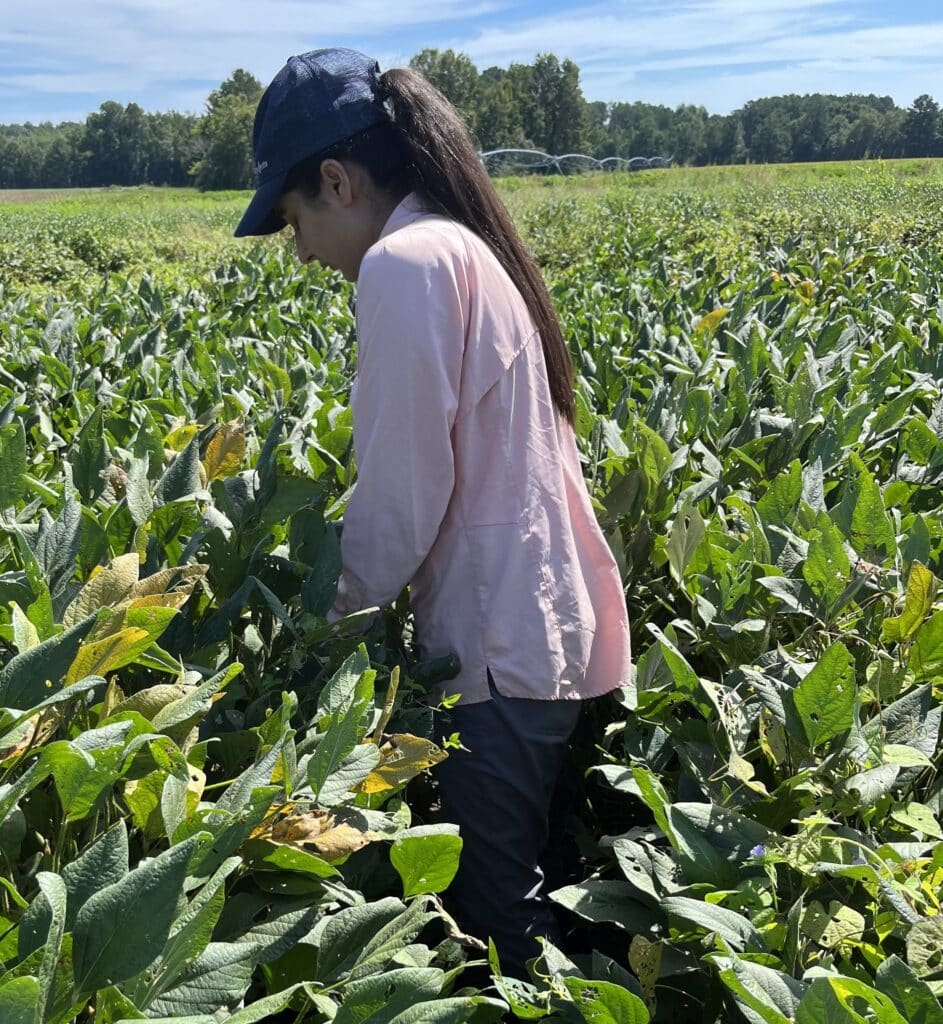
Text by Amy Sullivan, GROW; Header photo by Teala Ficks, Penn State.
